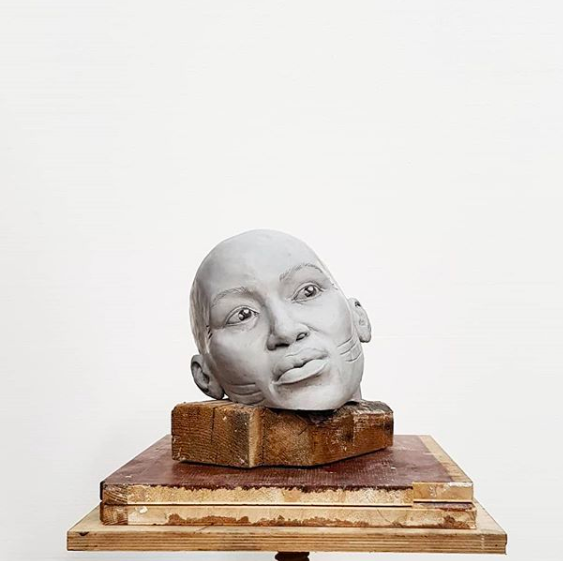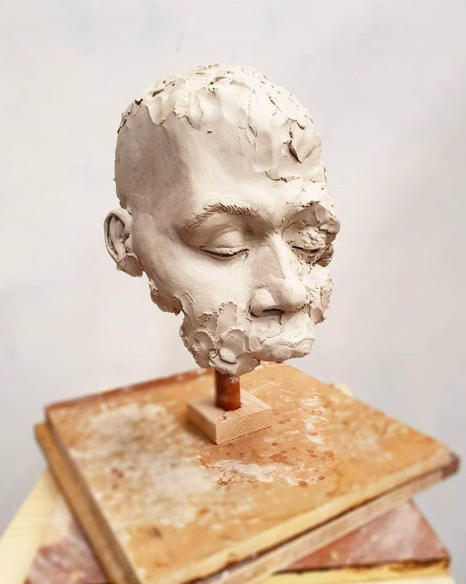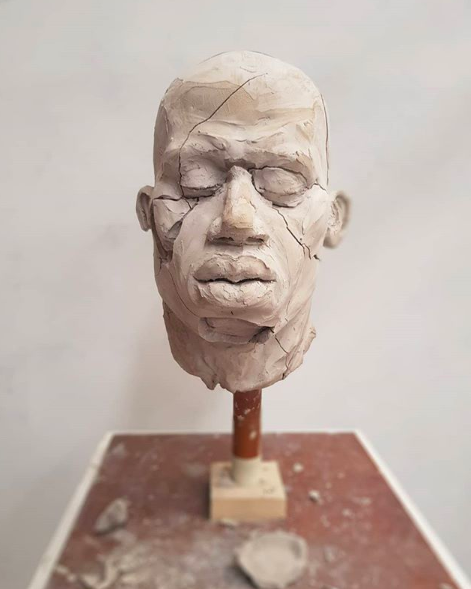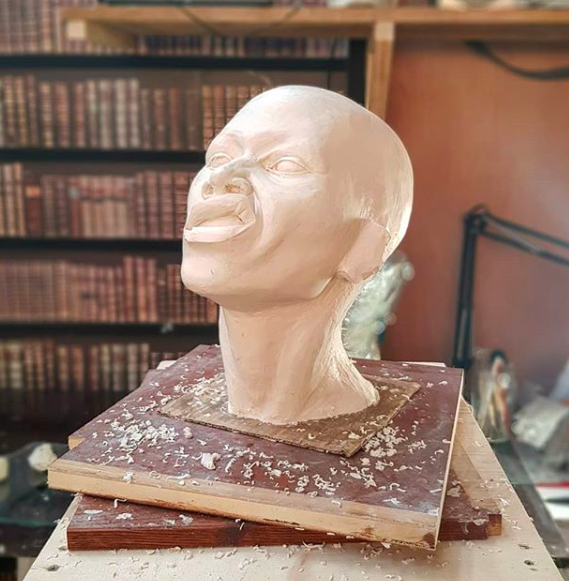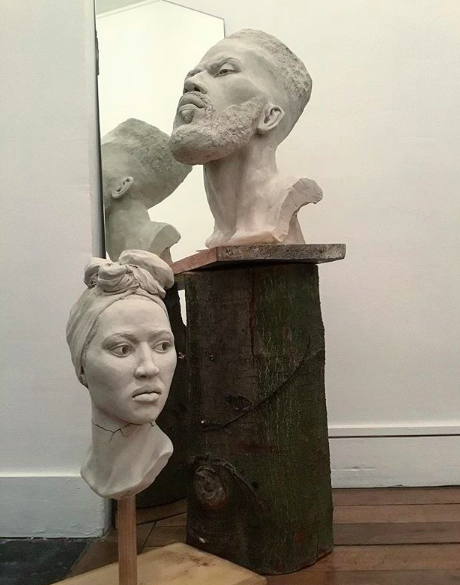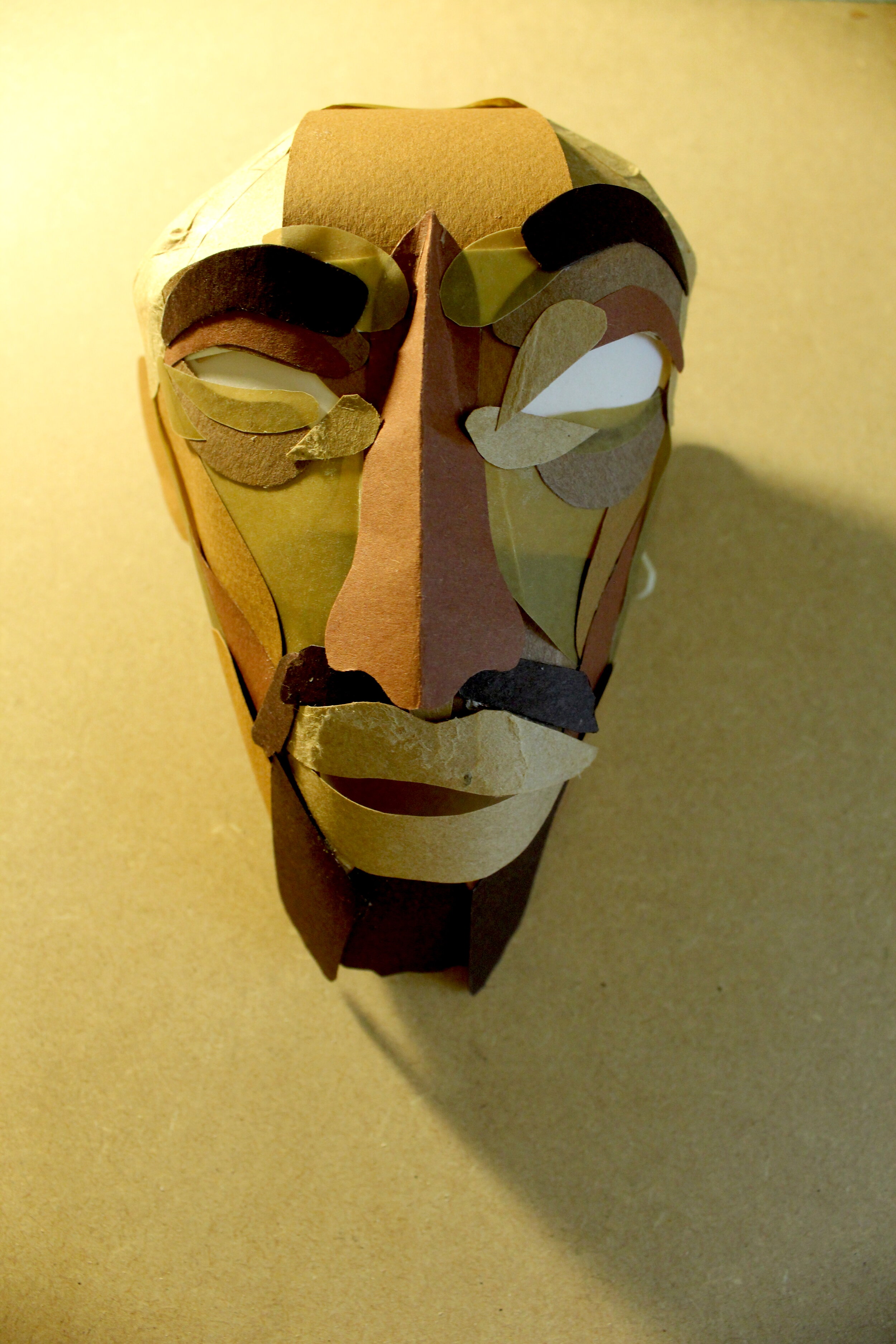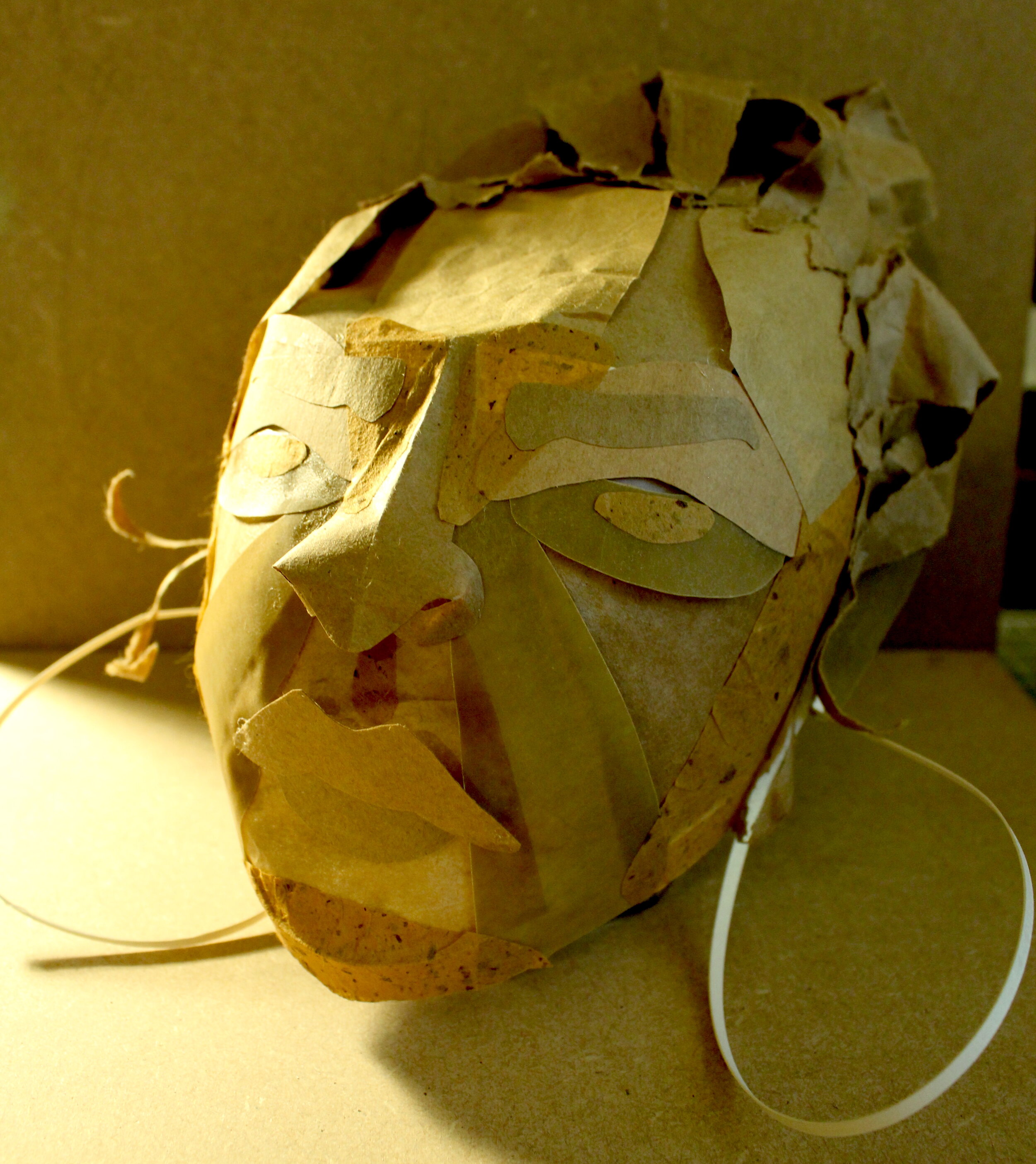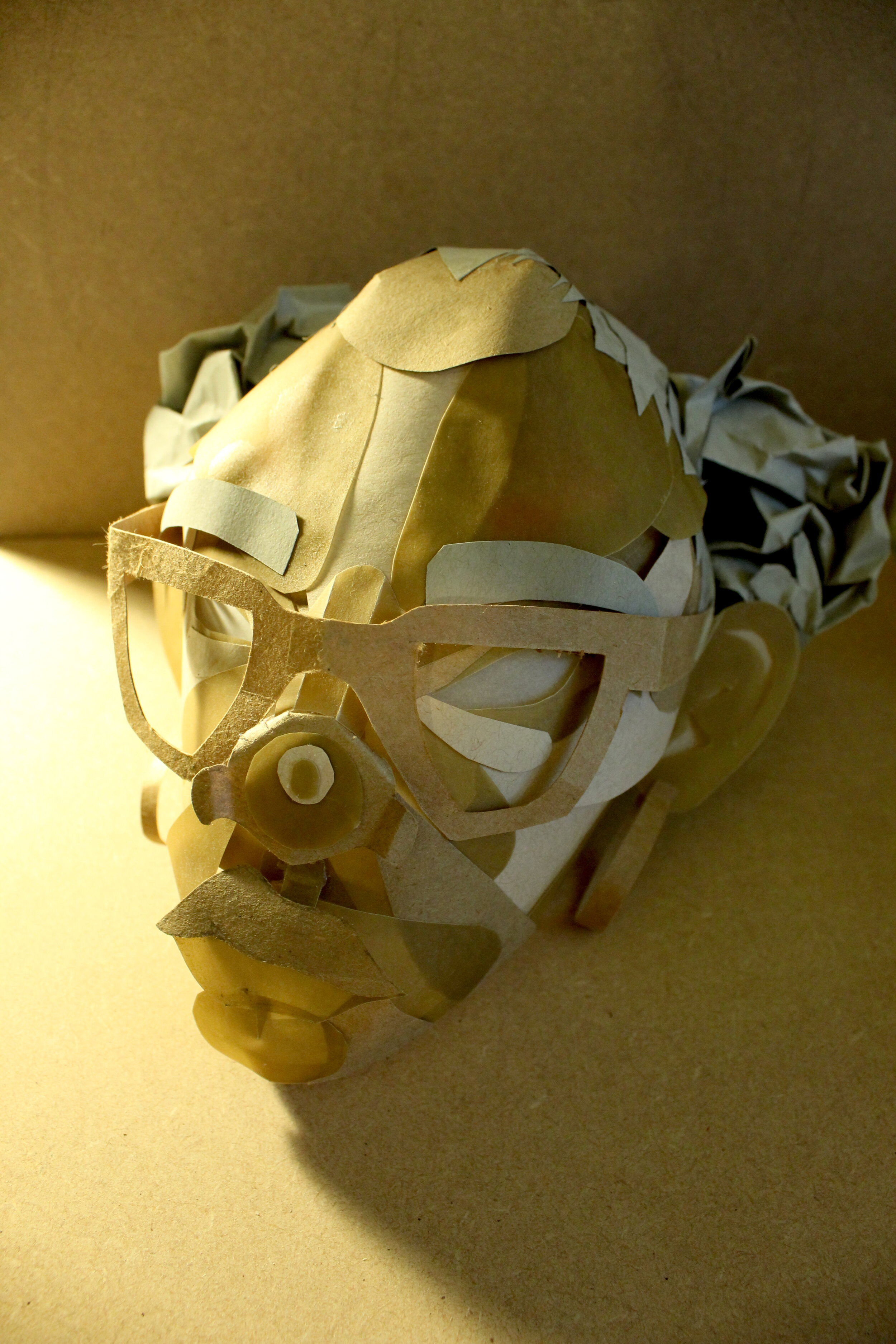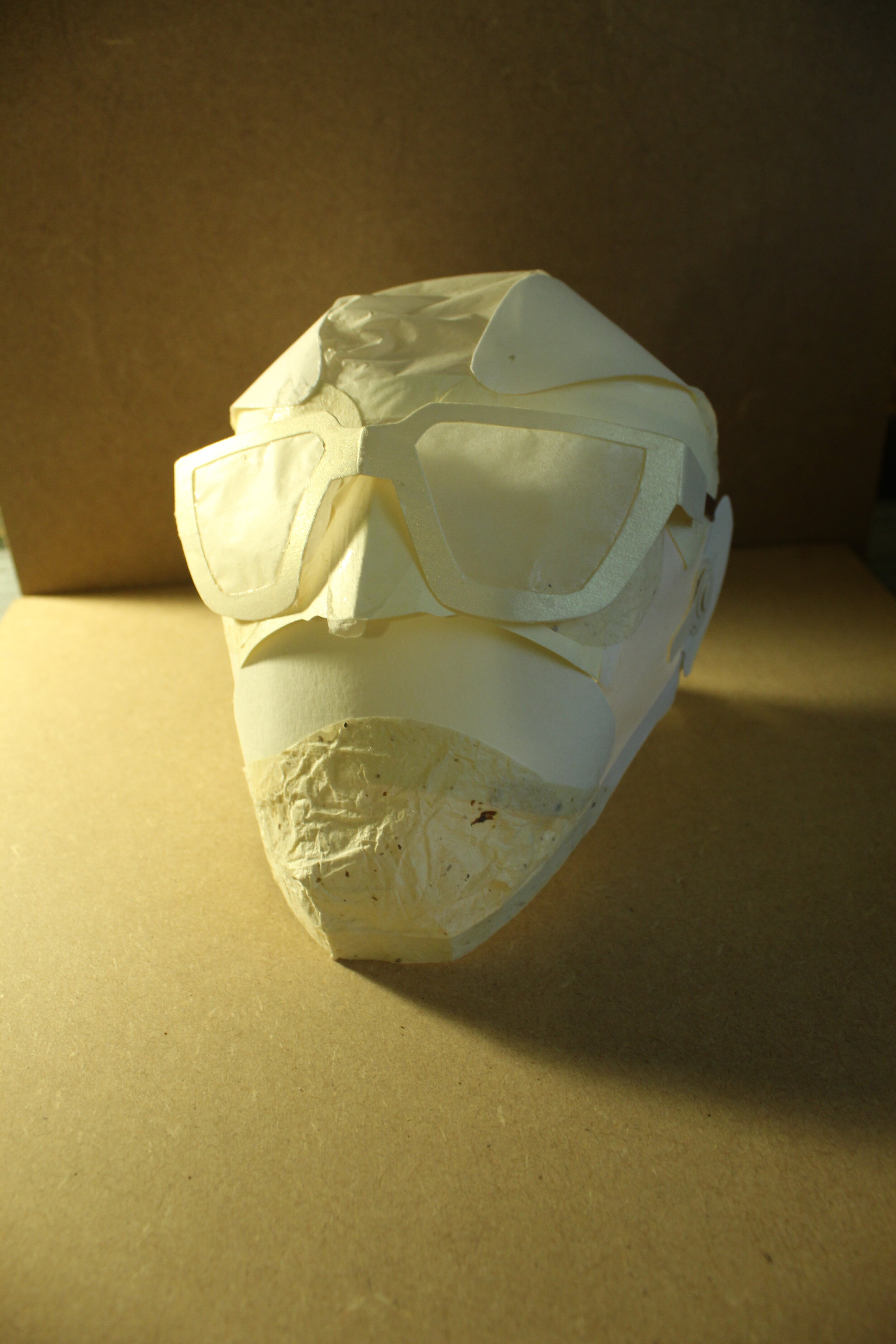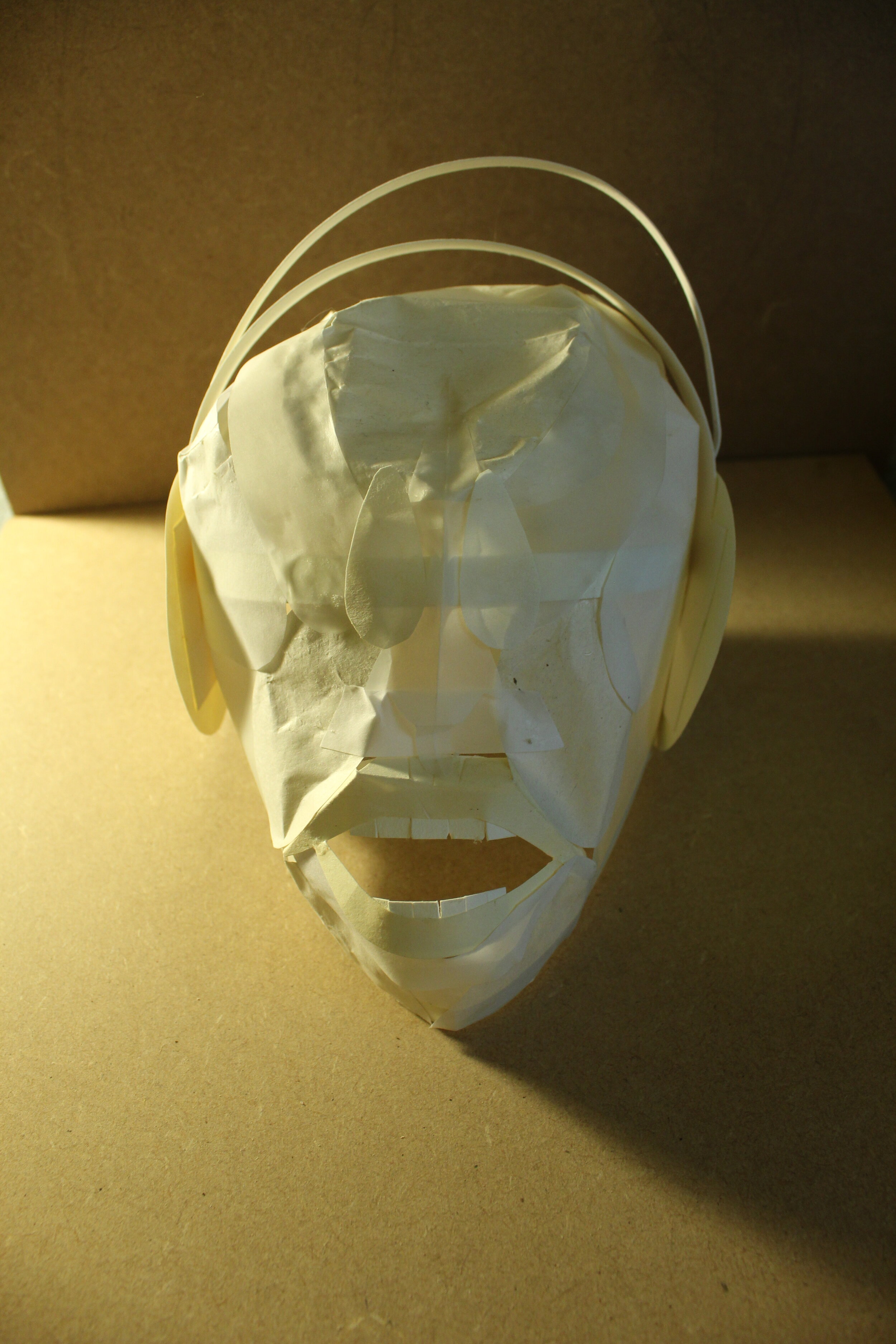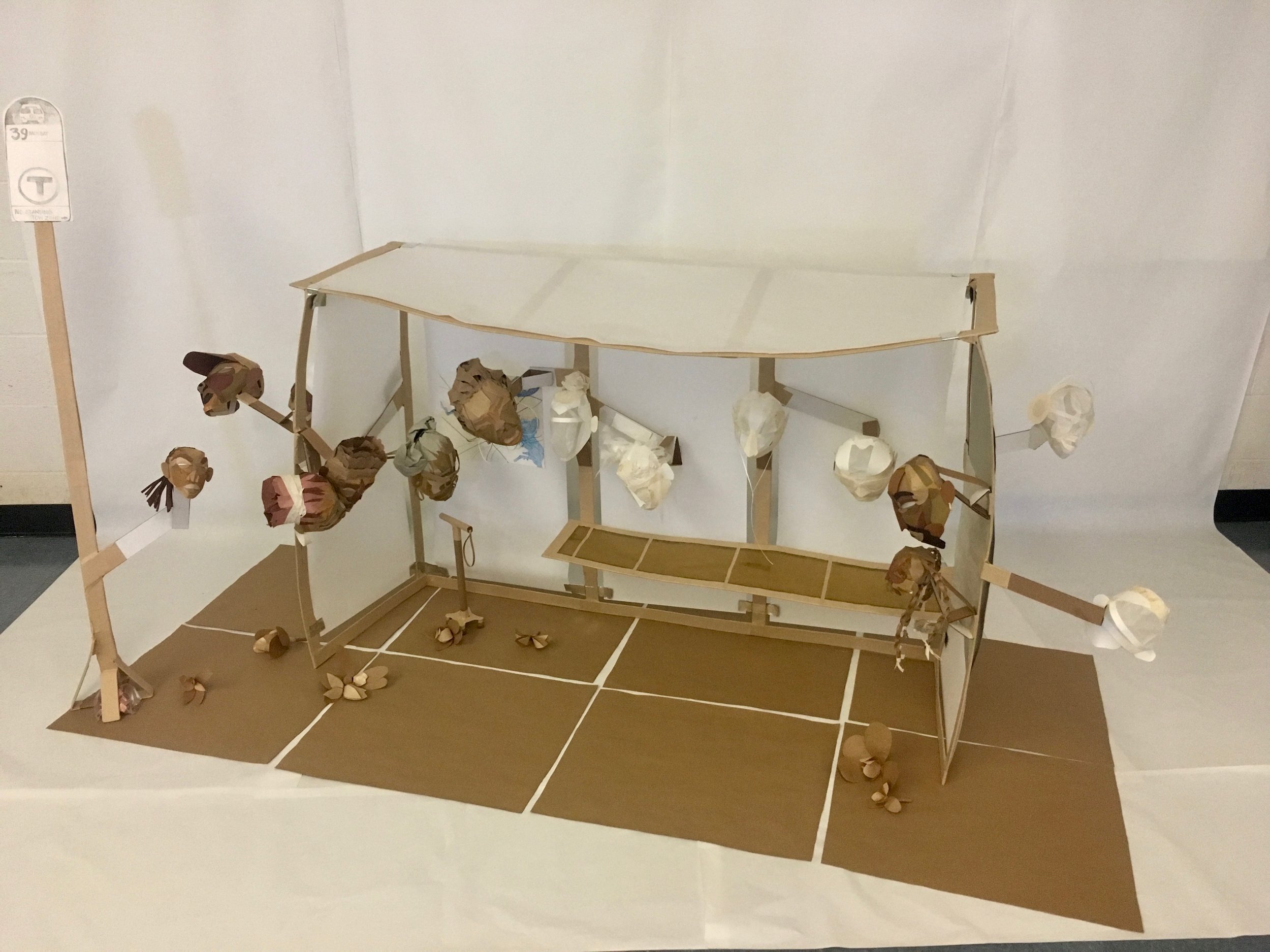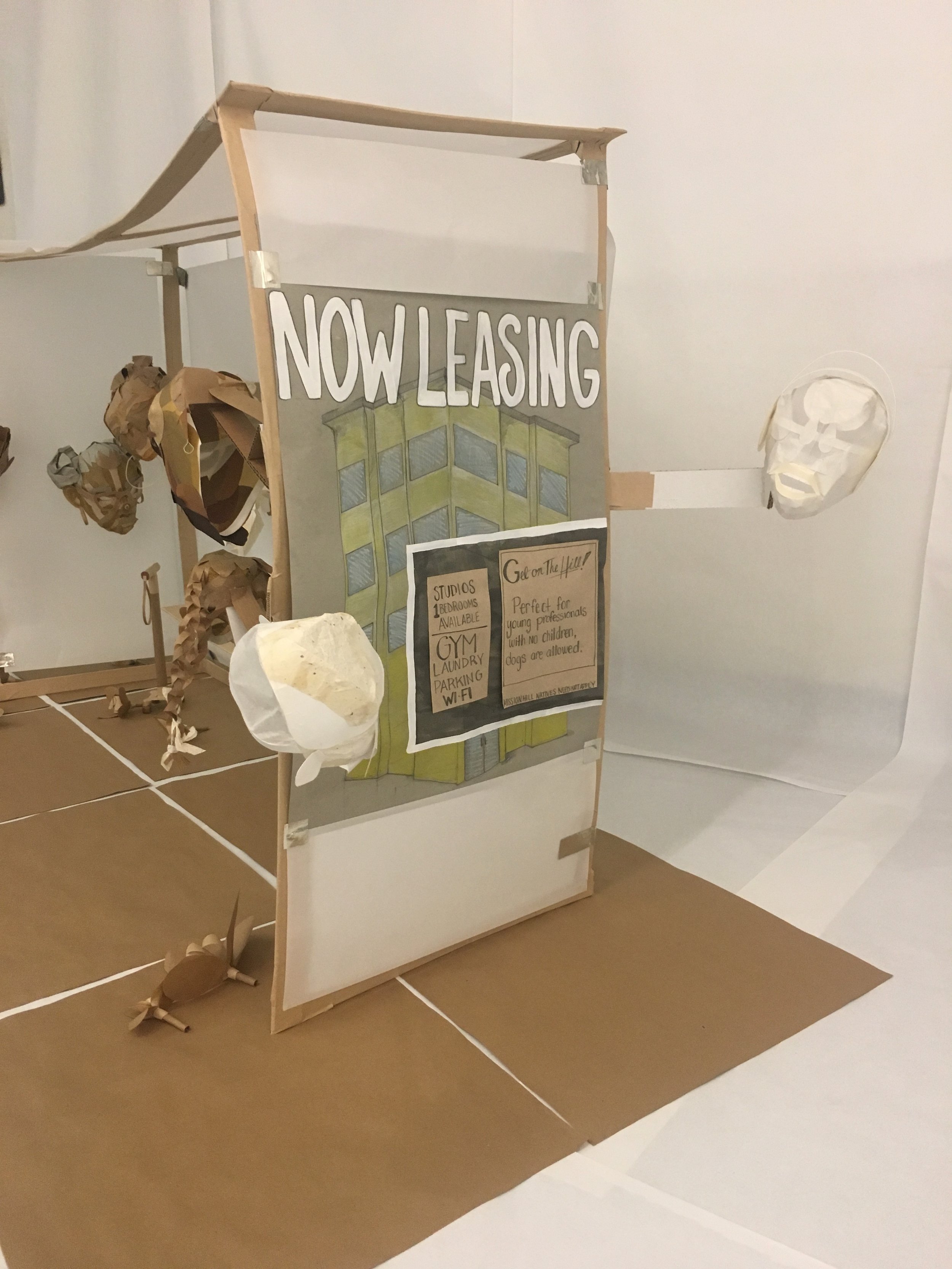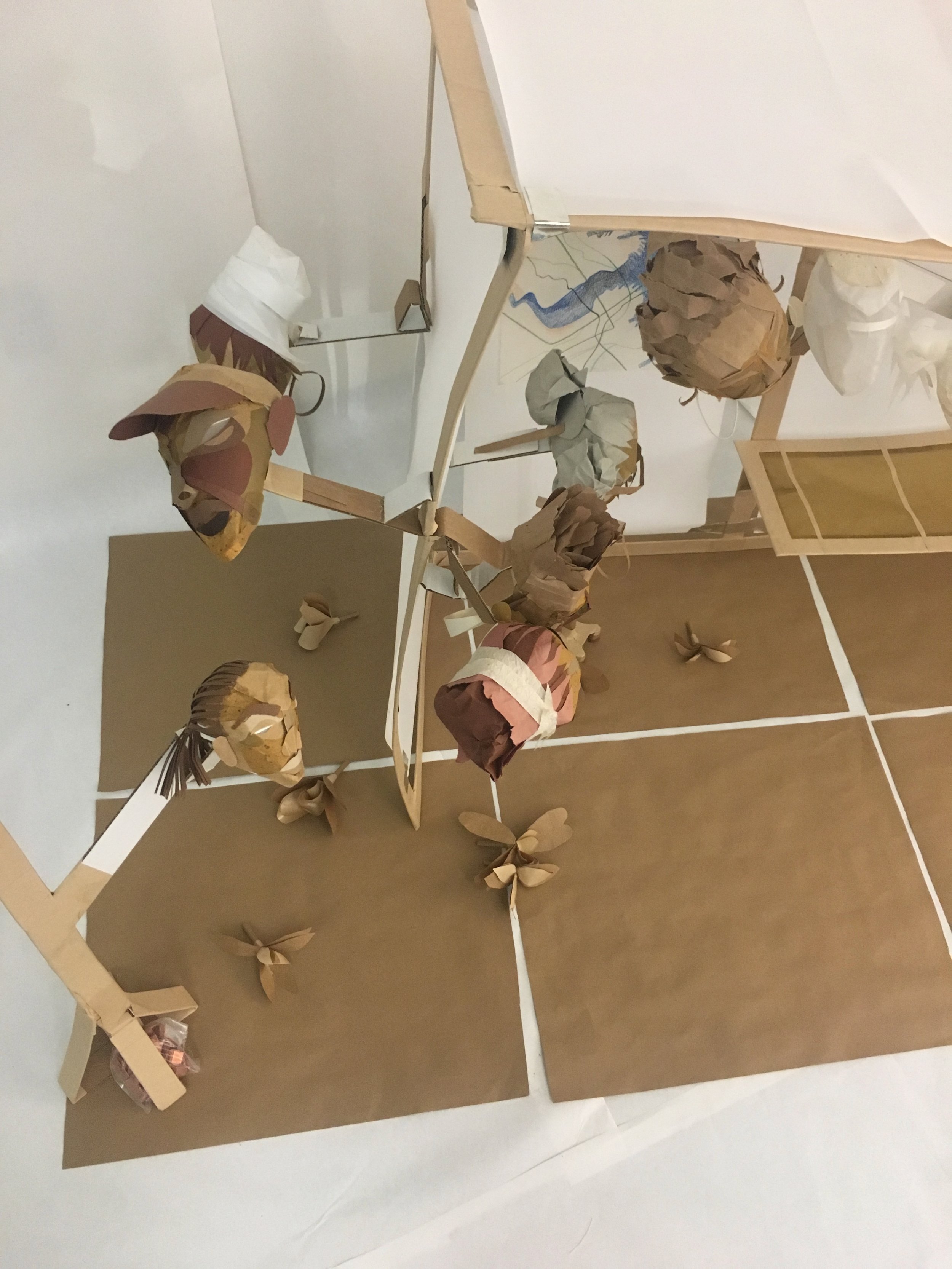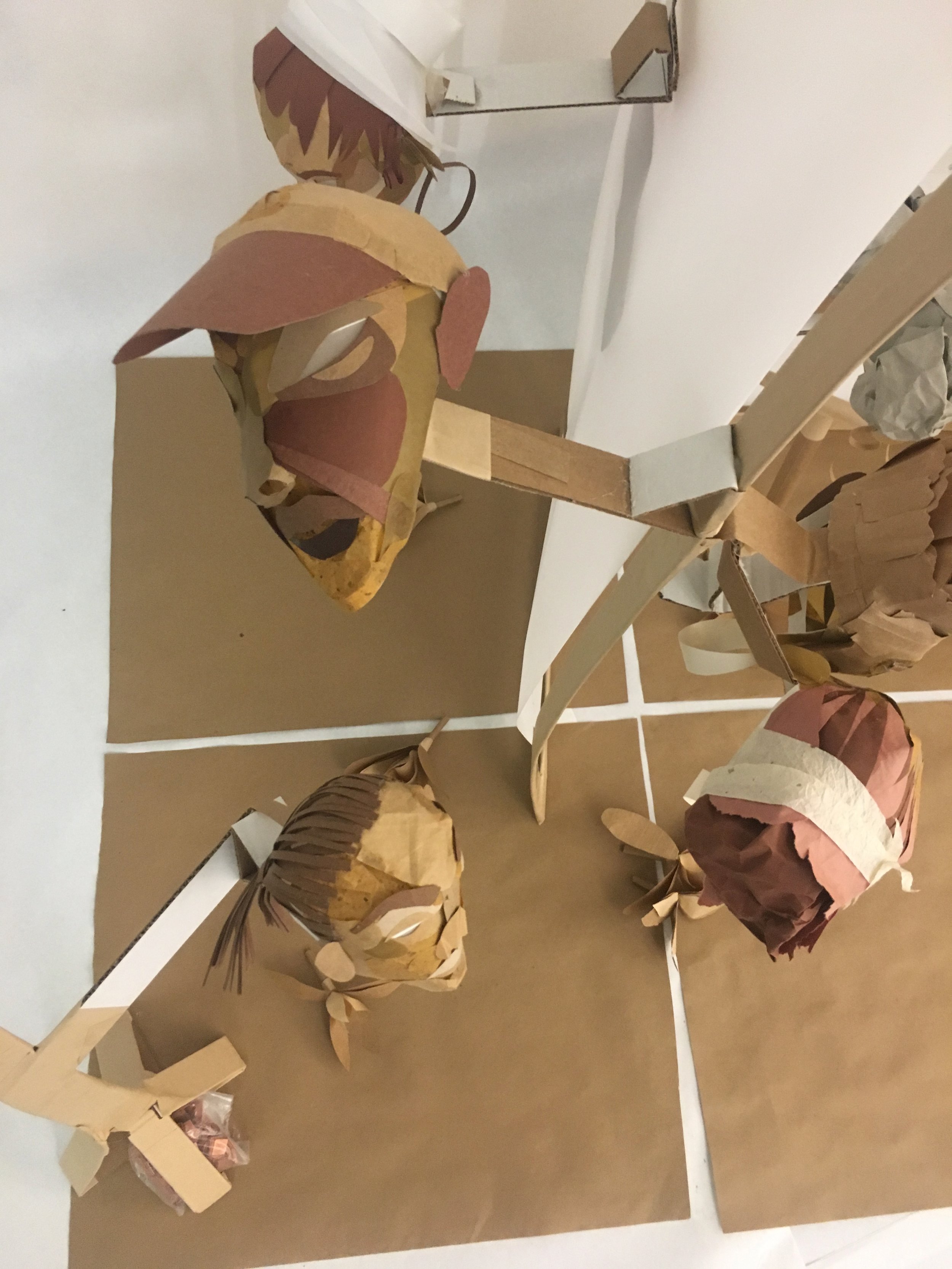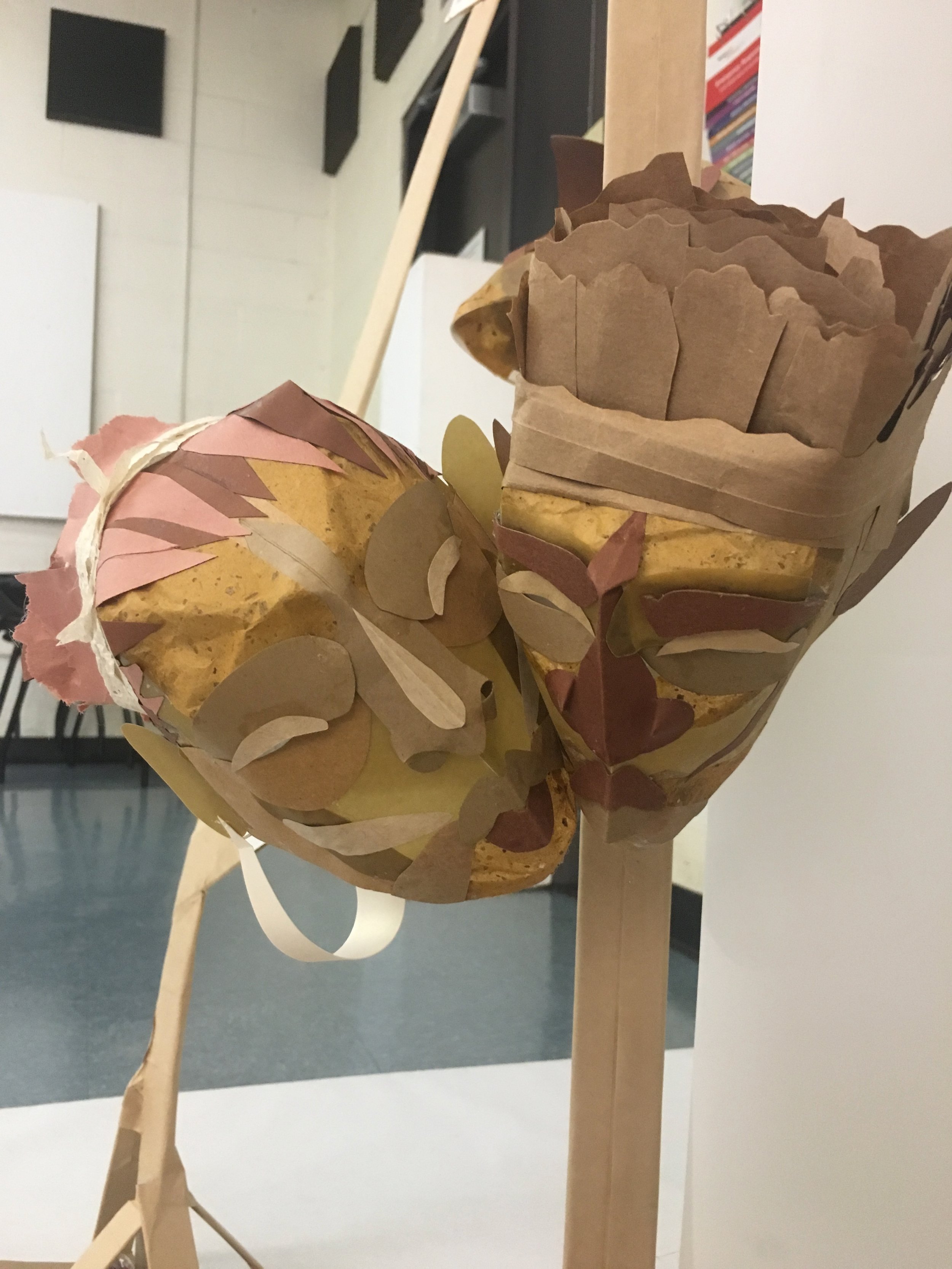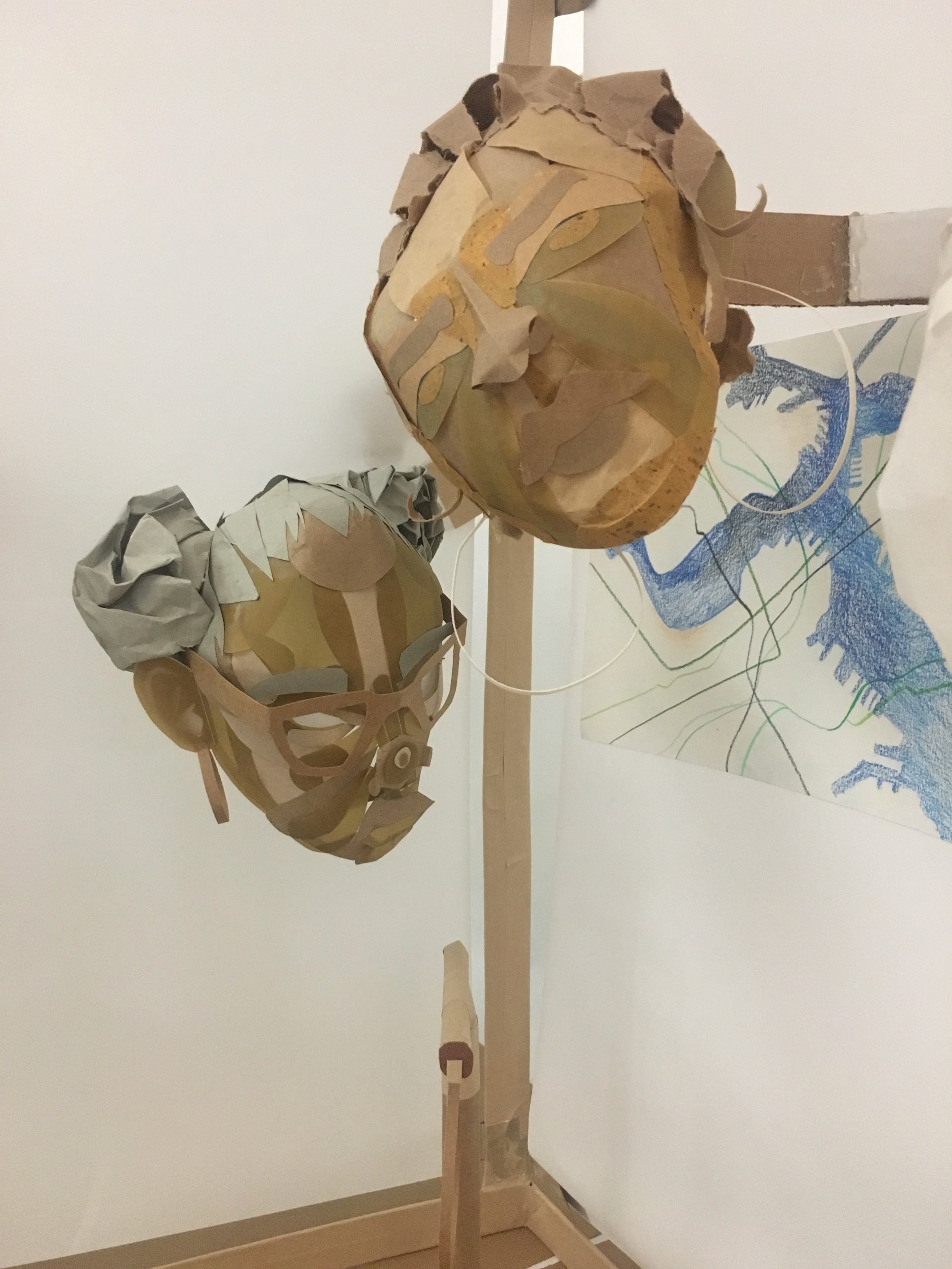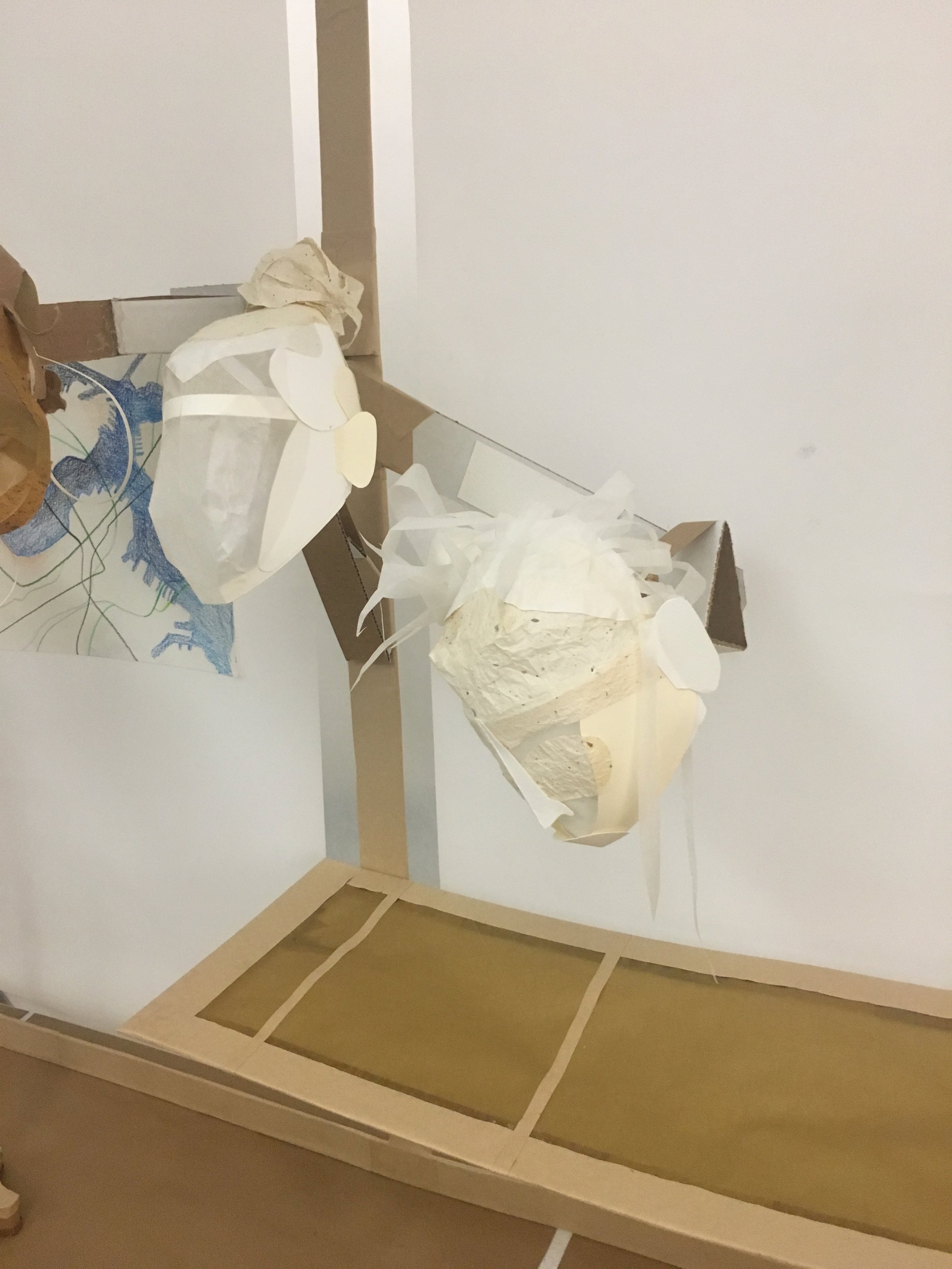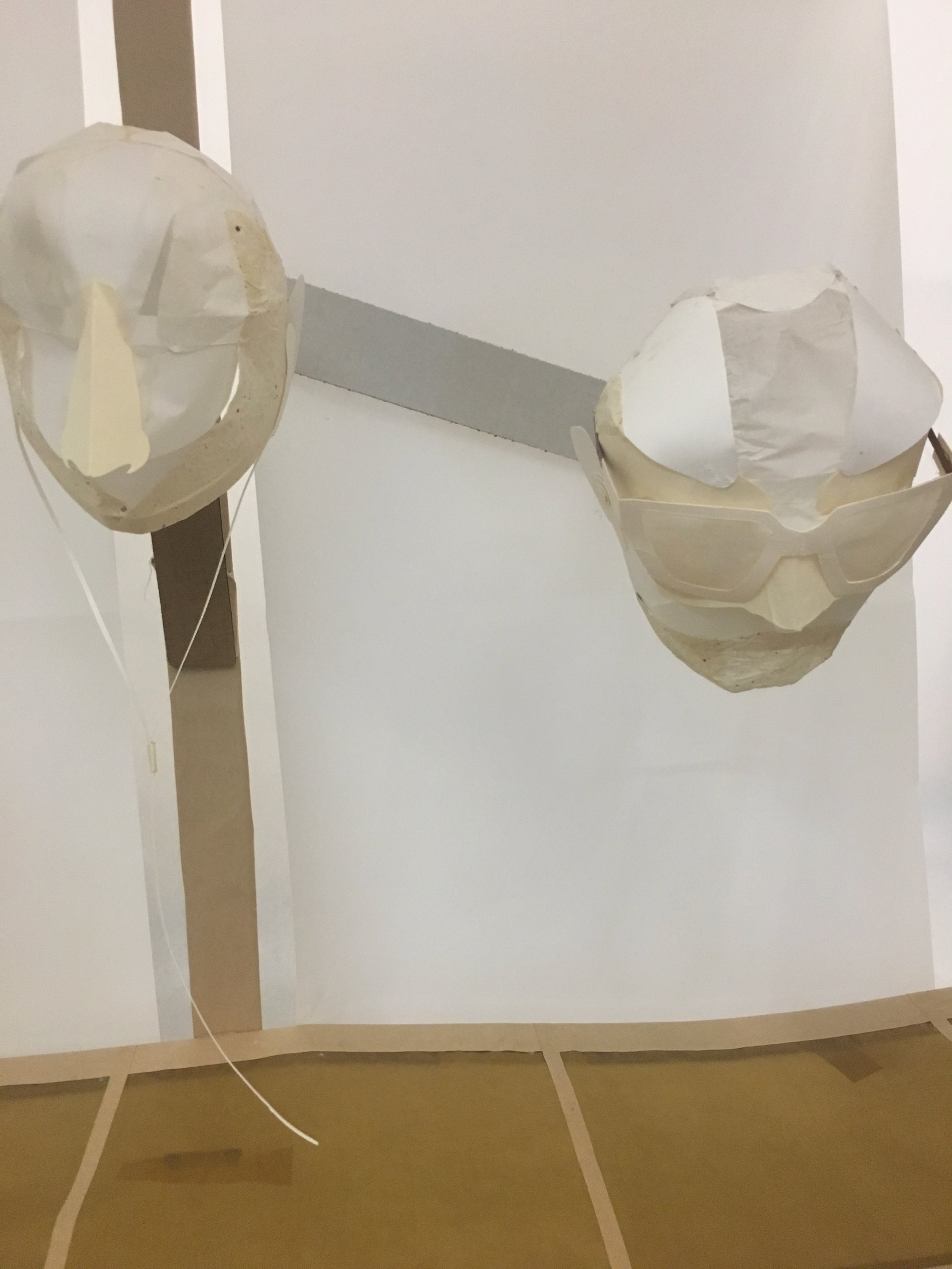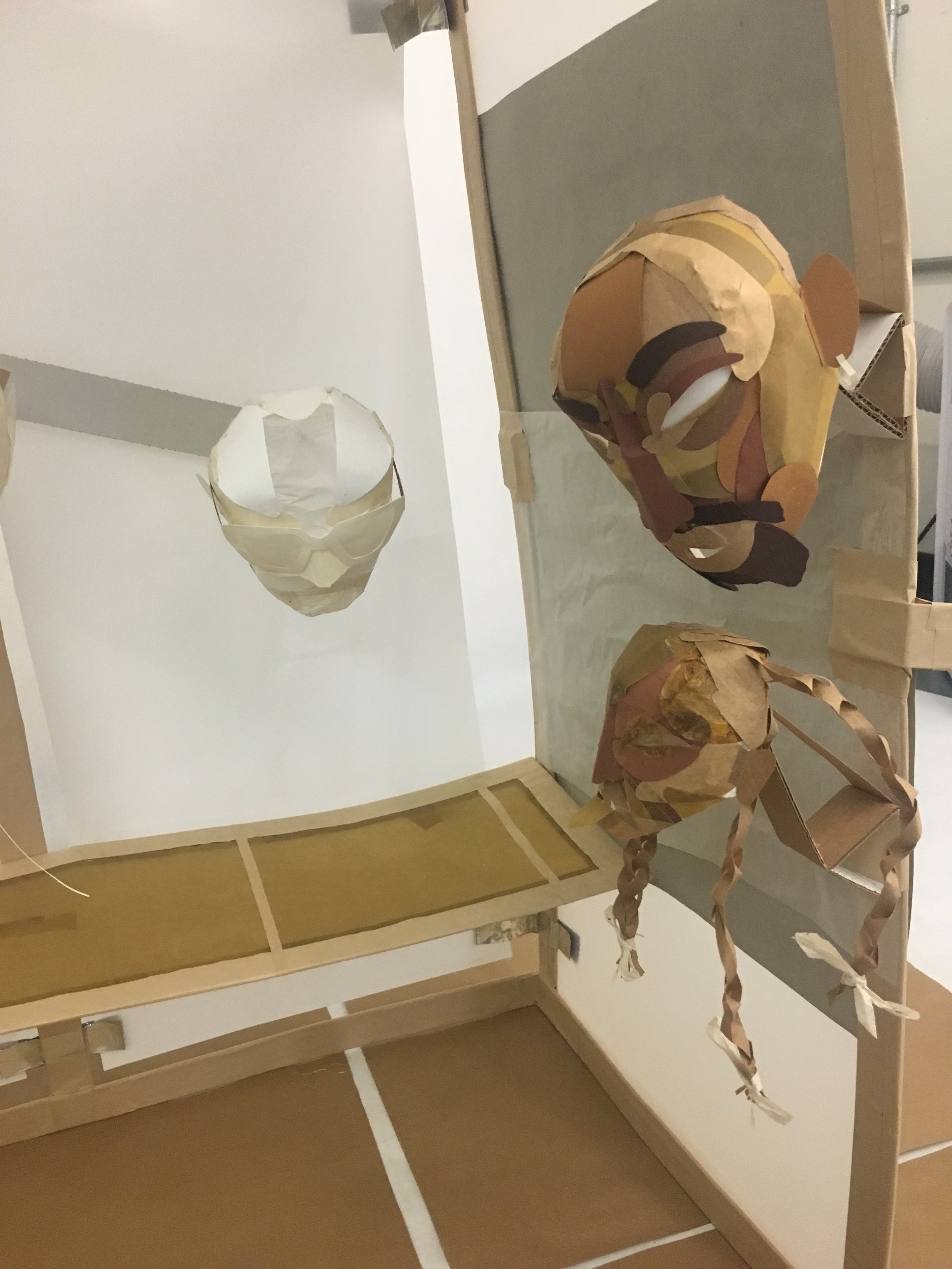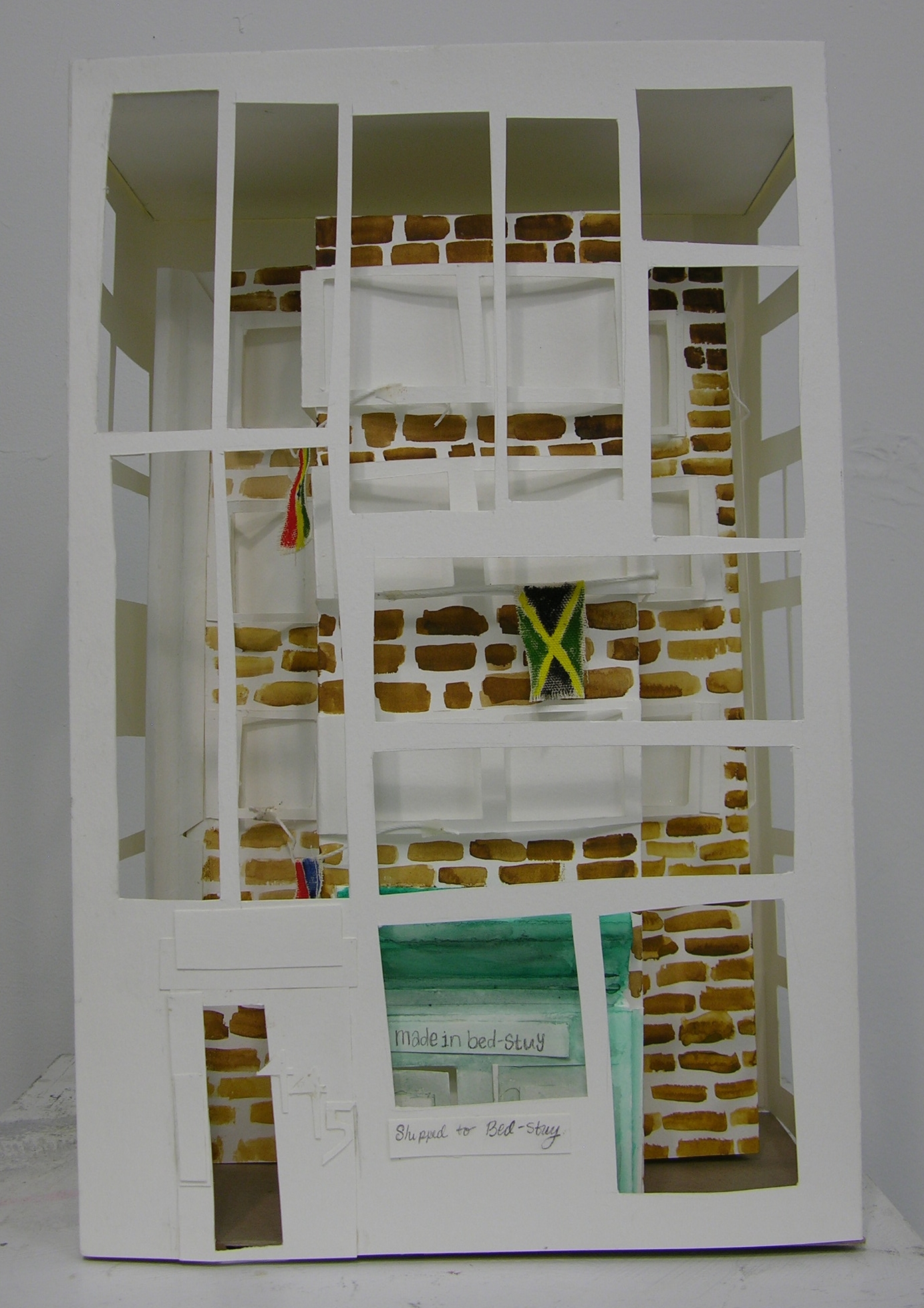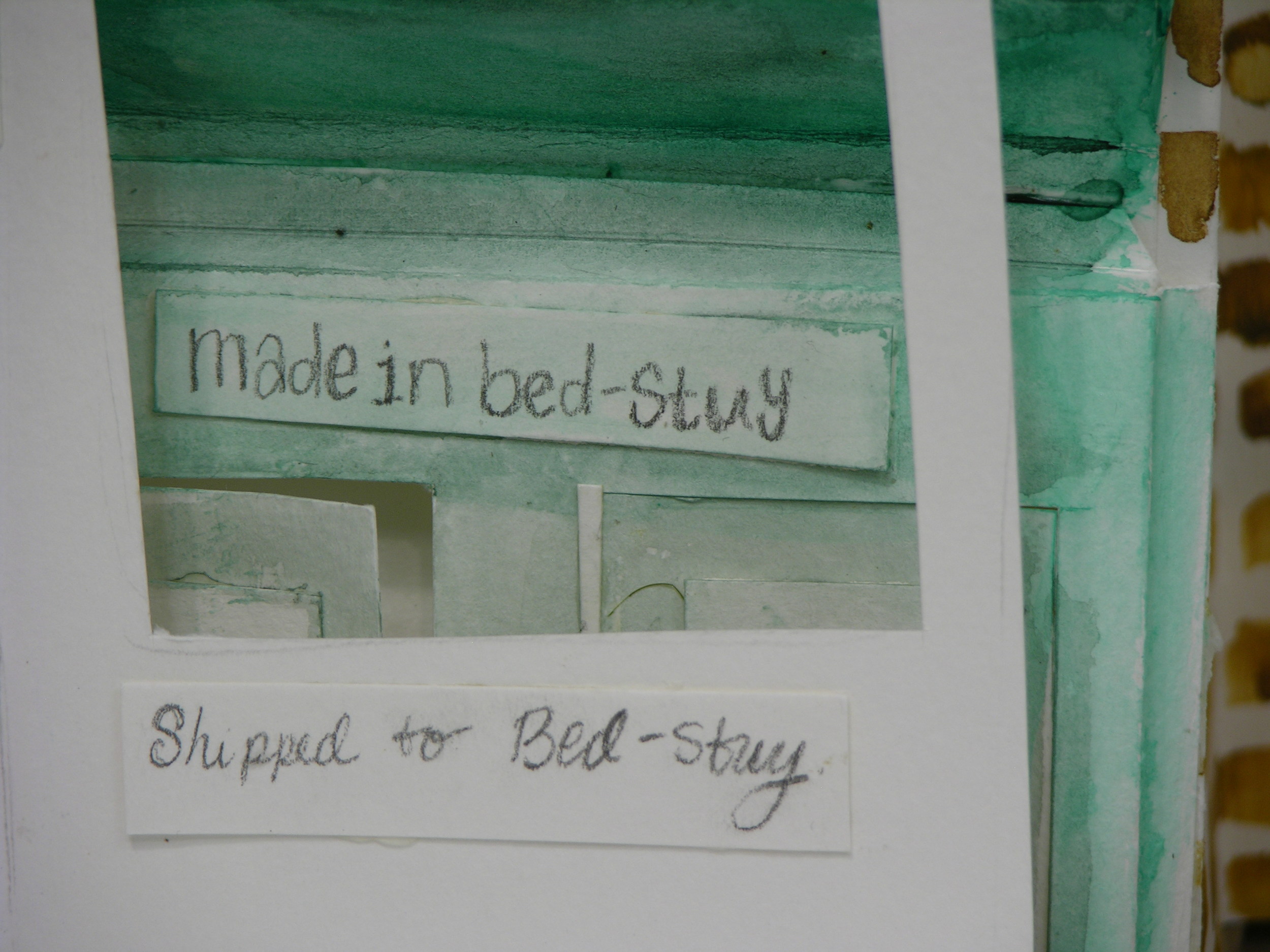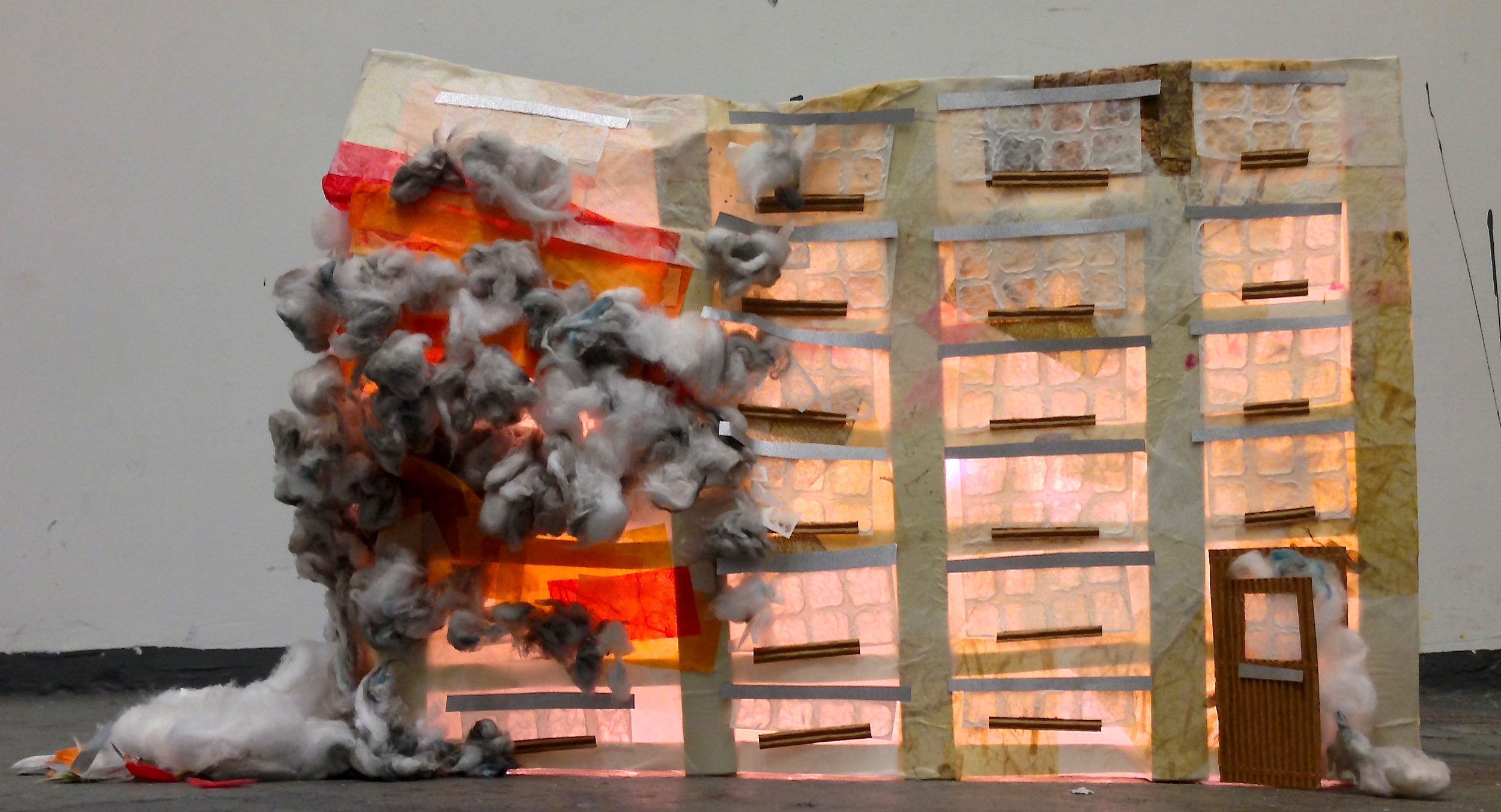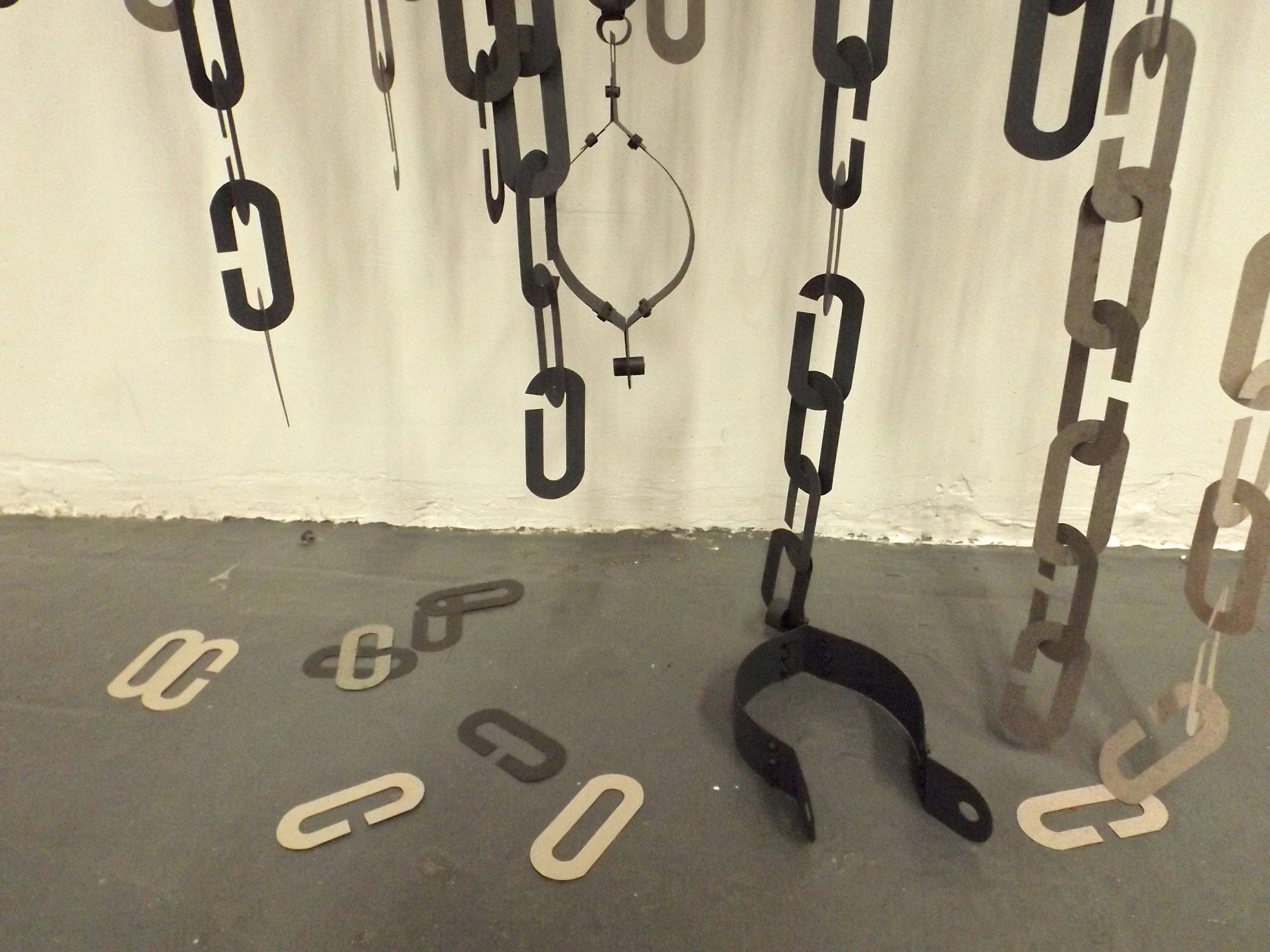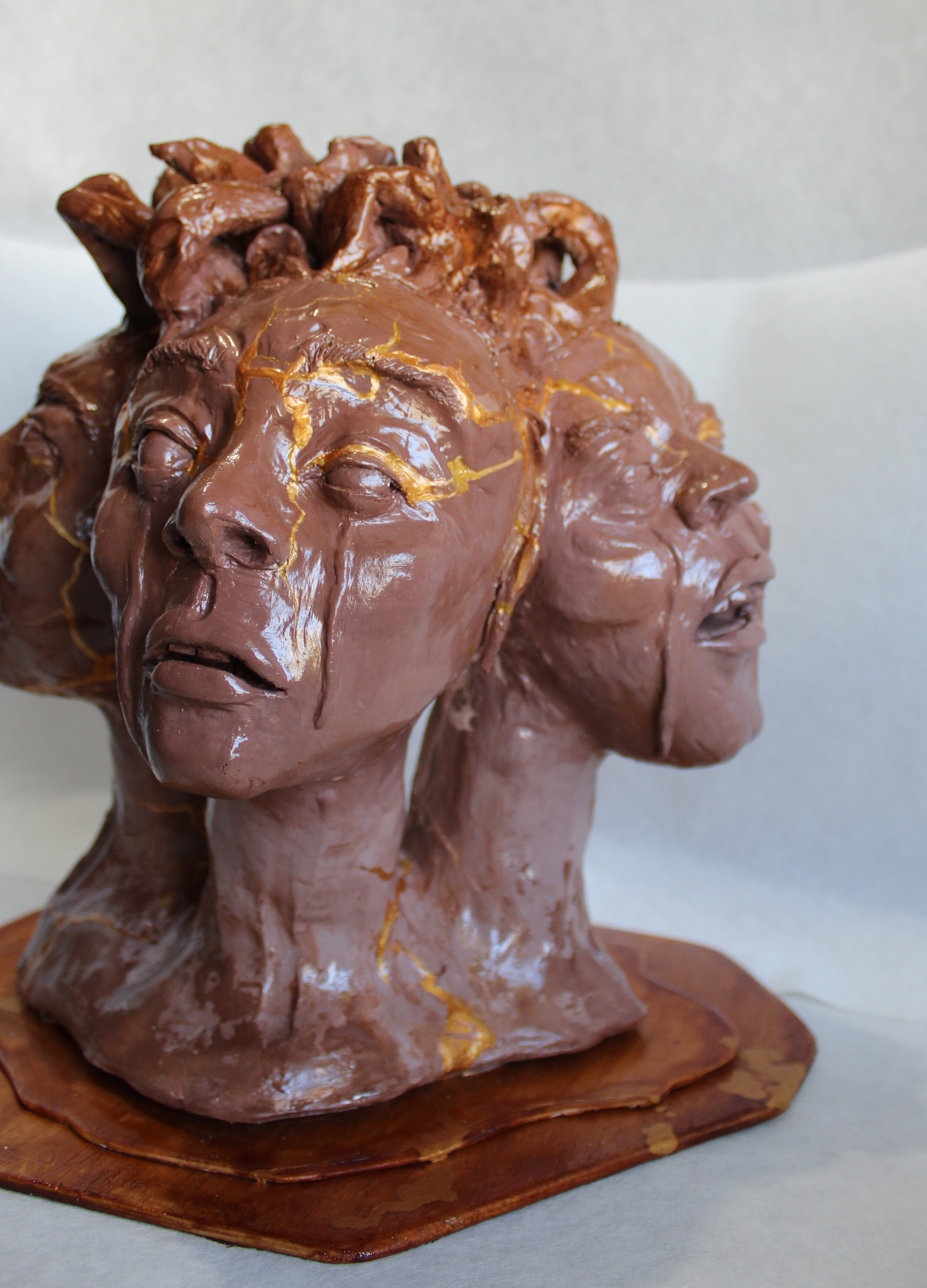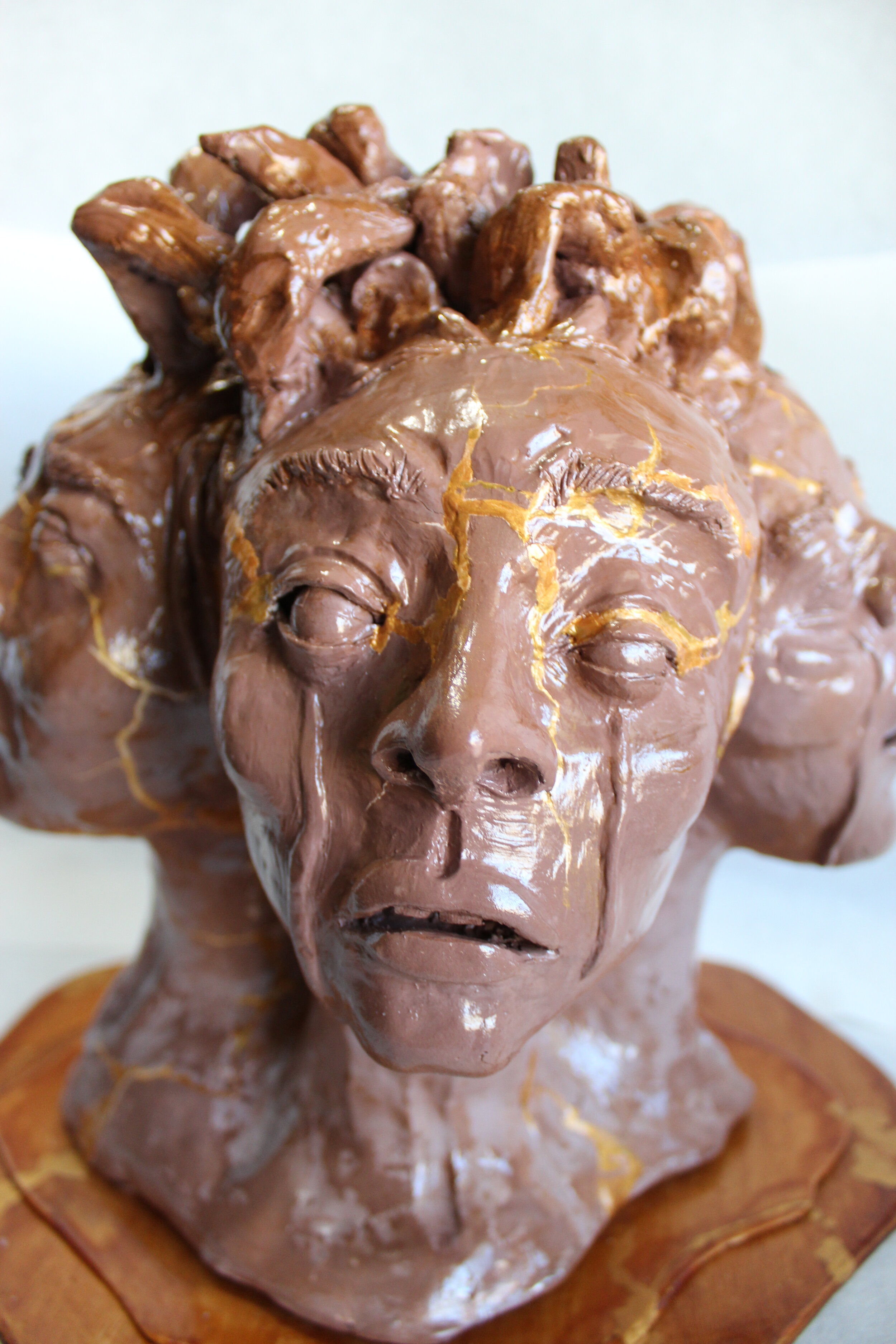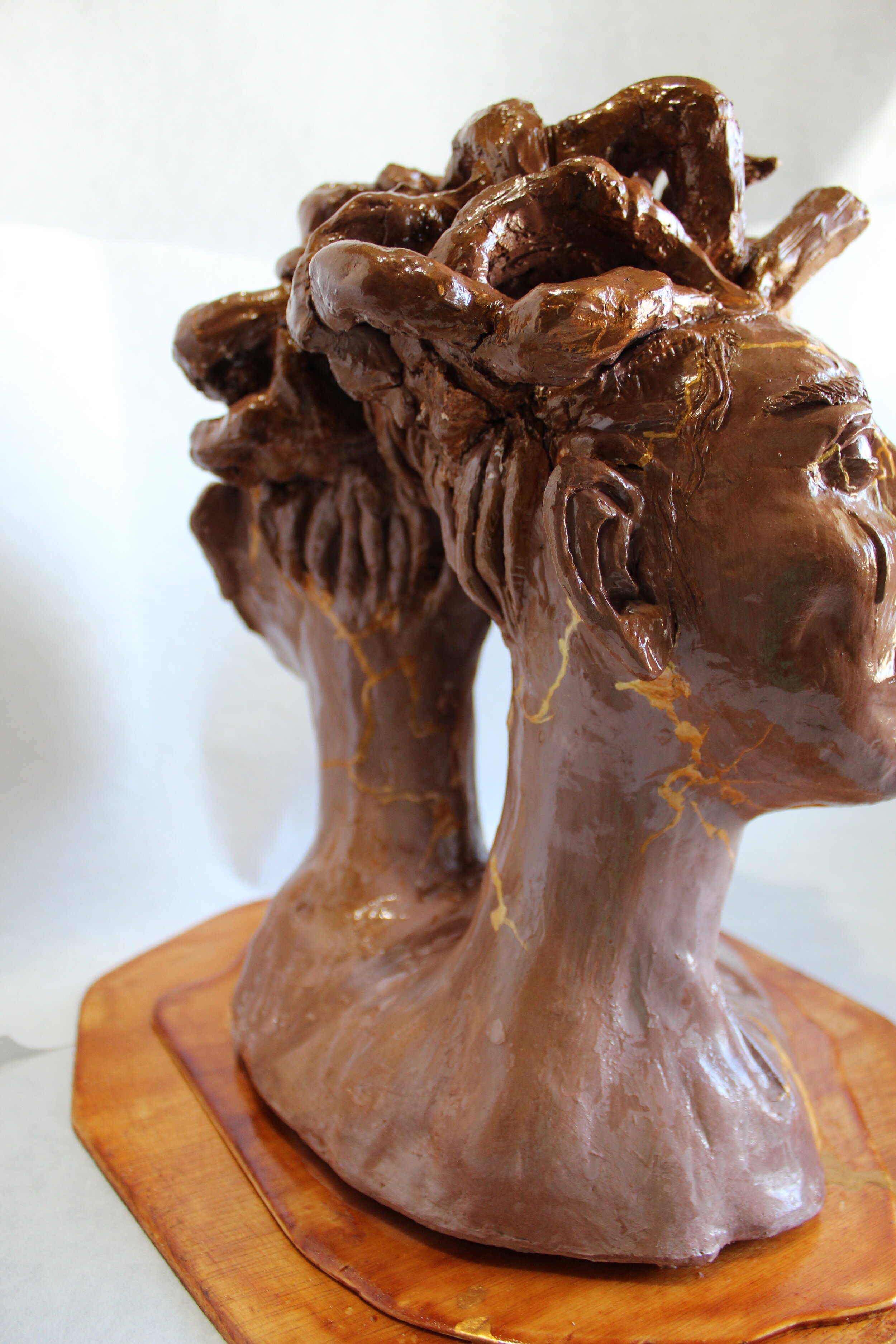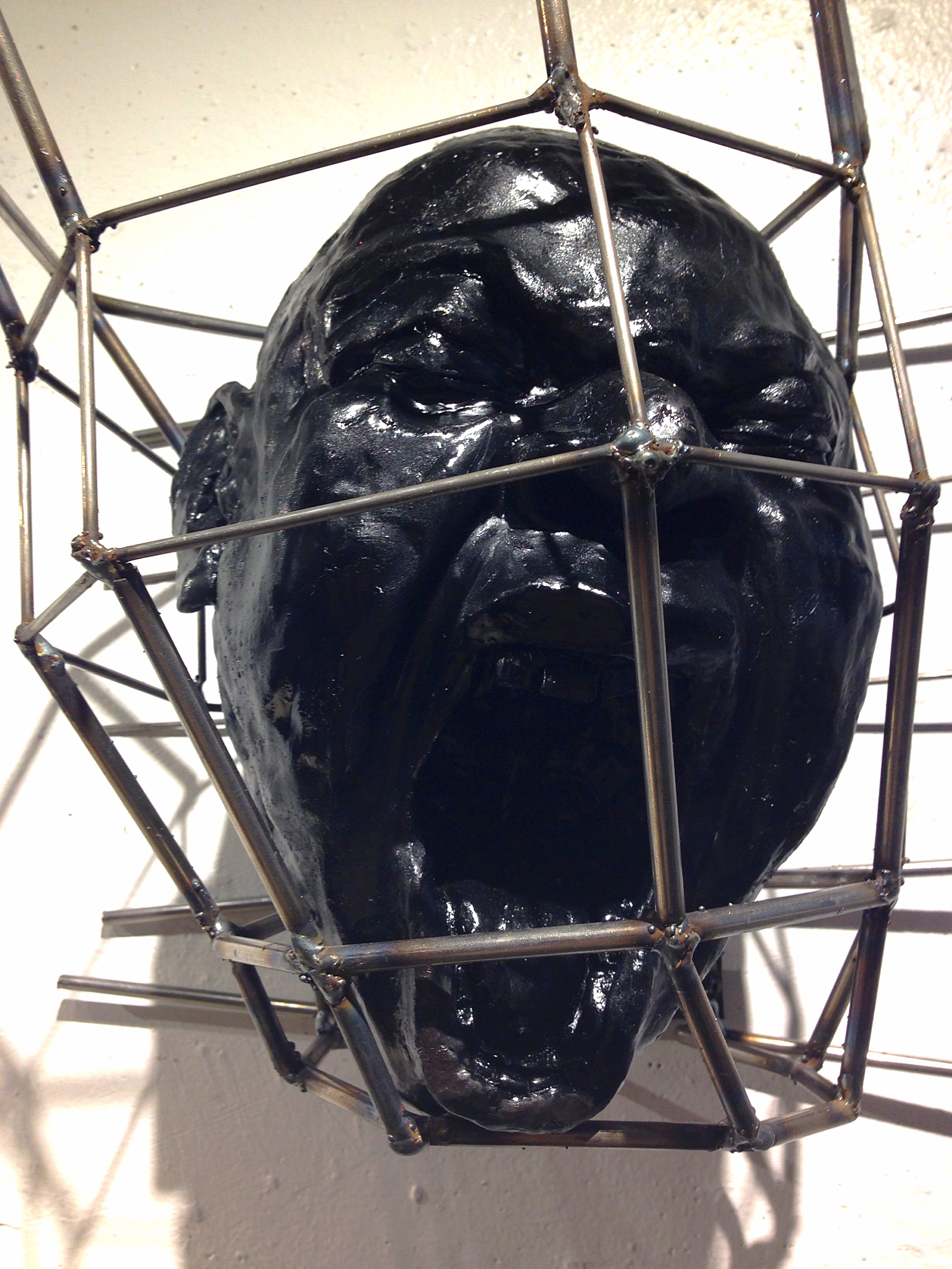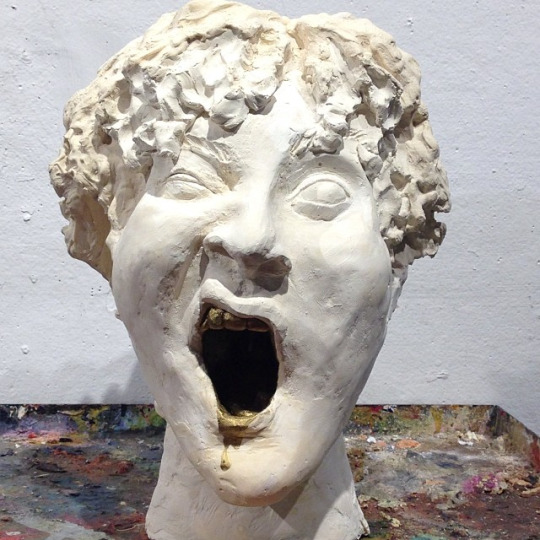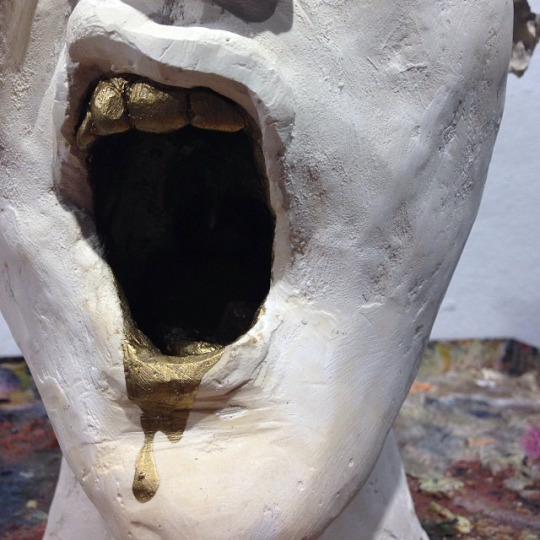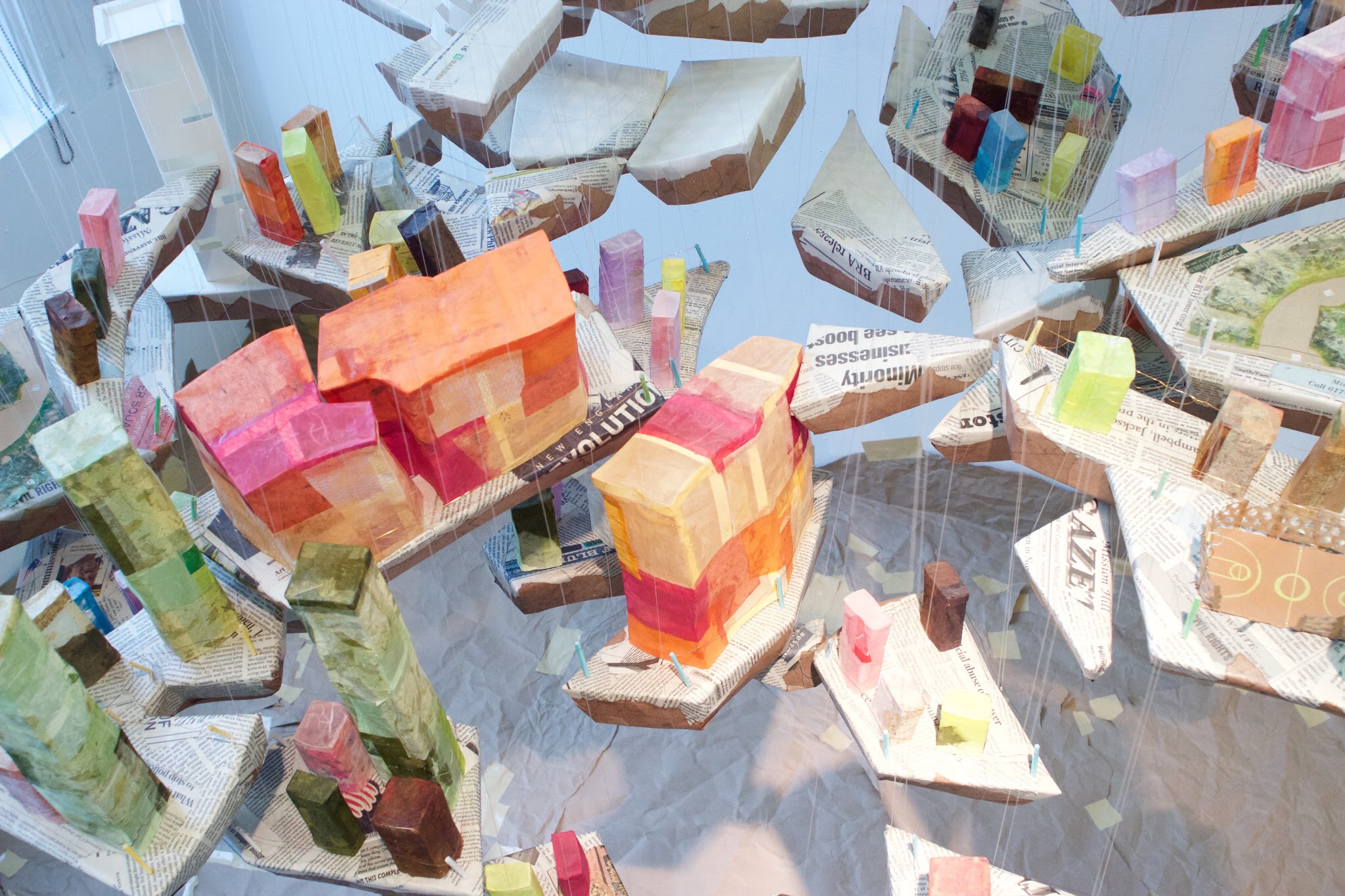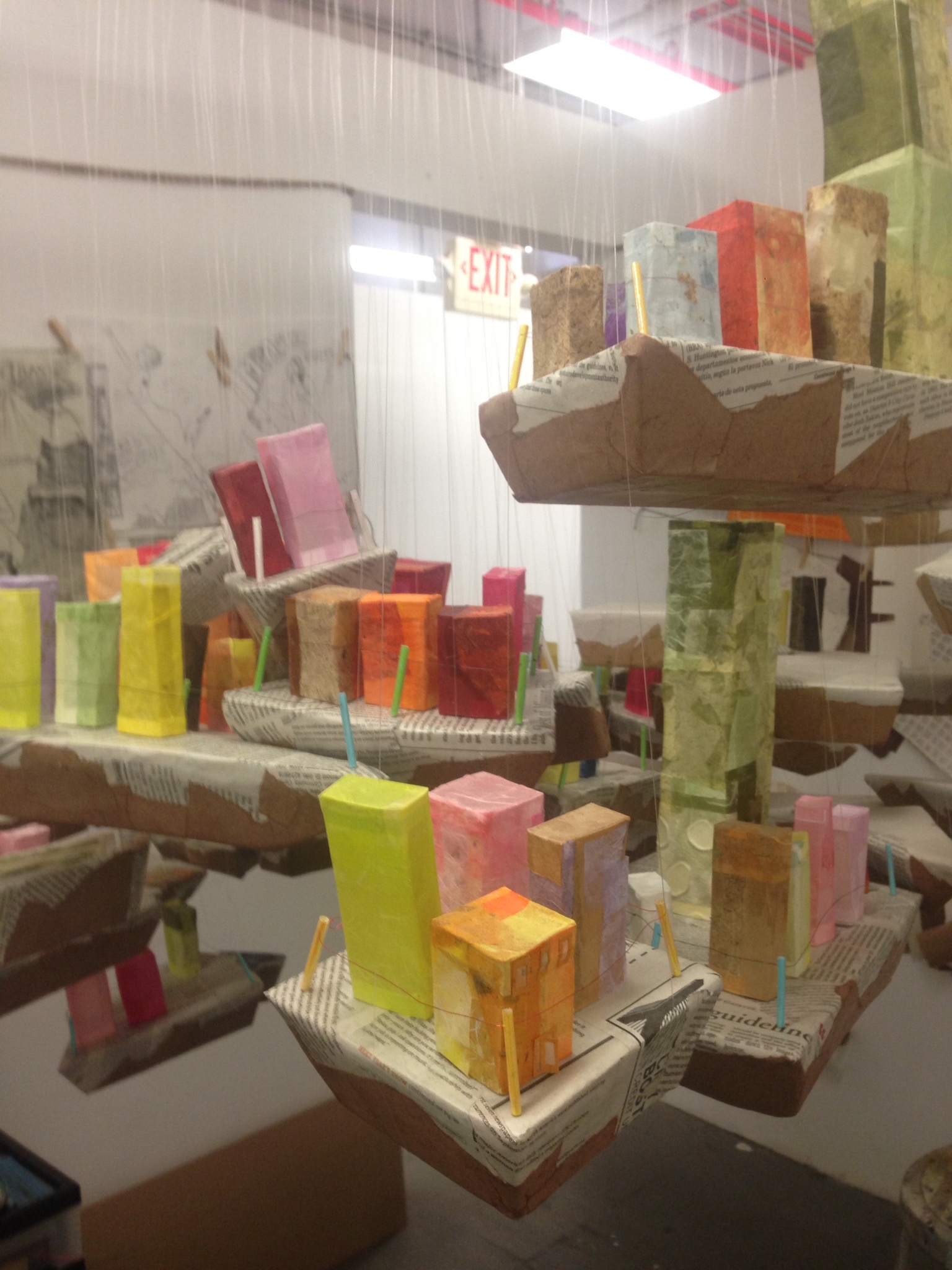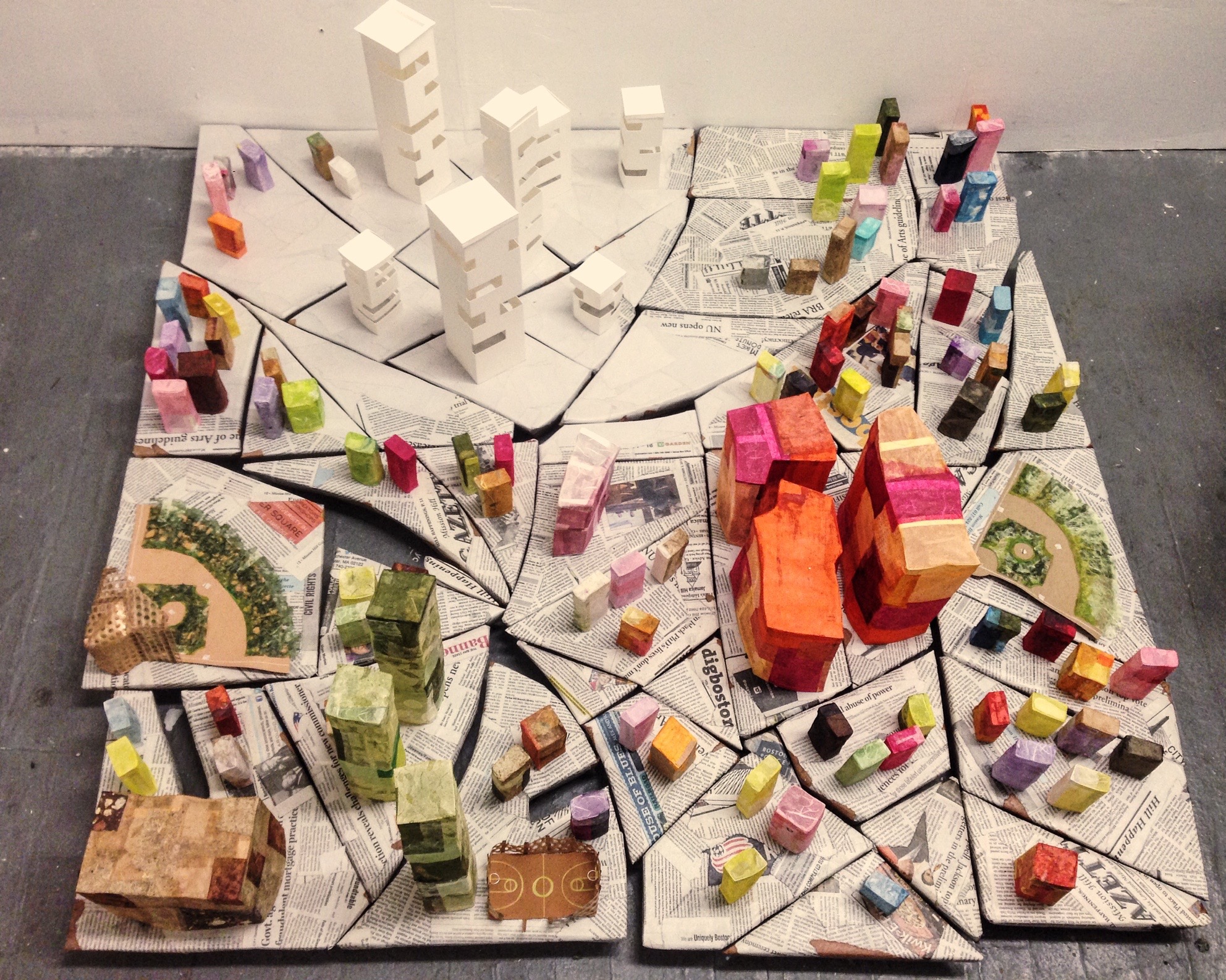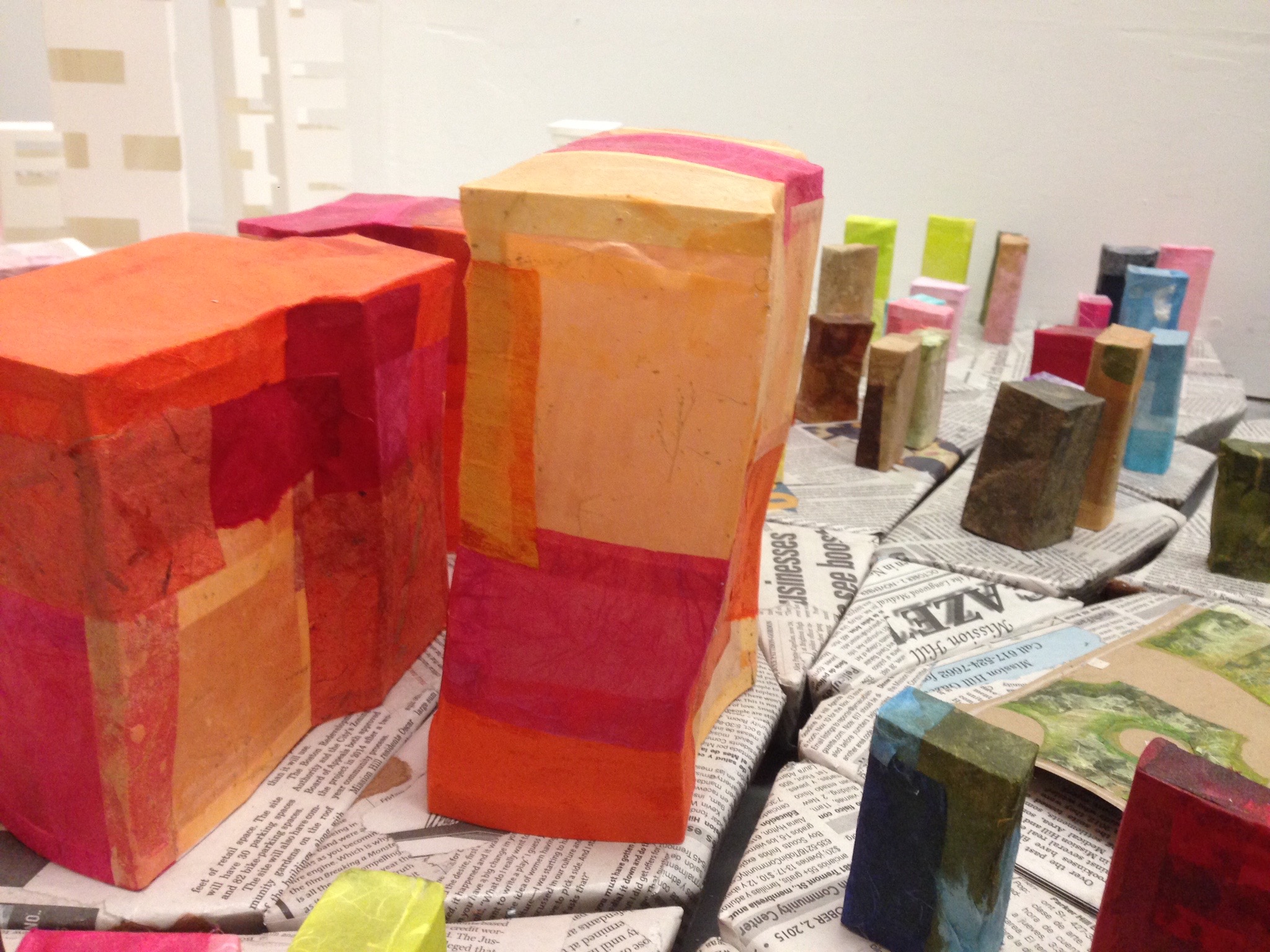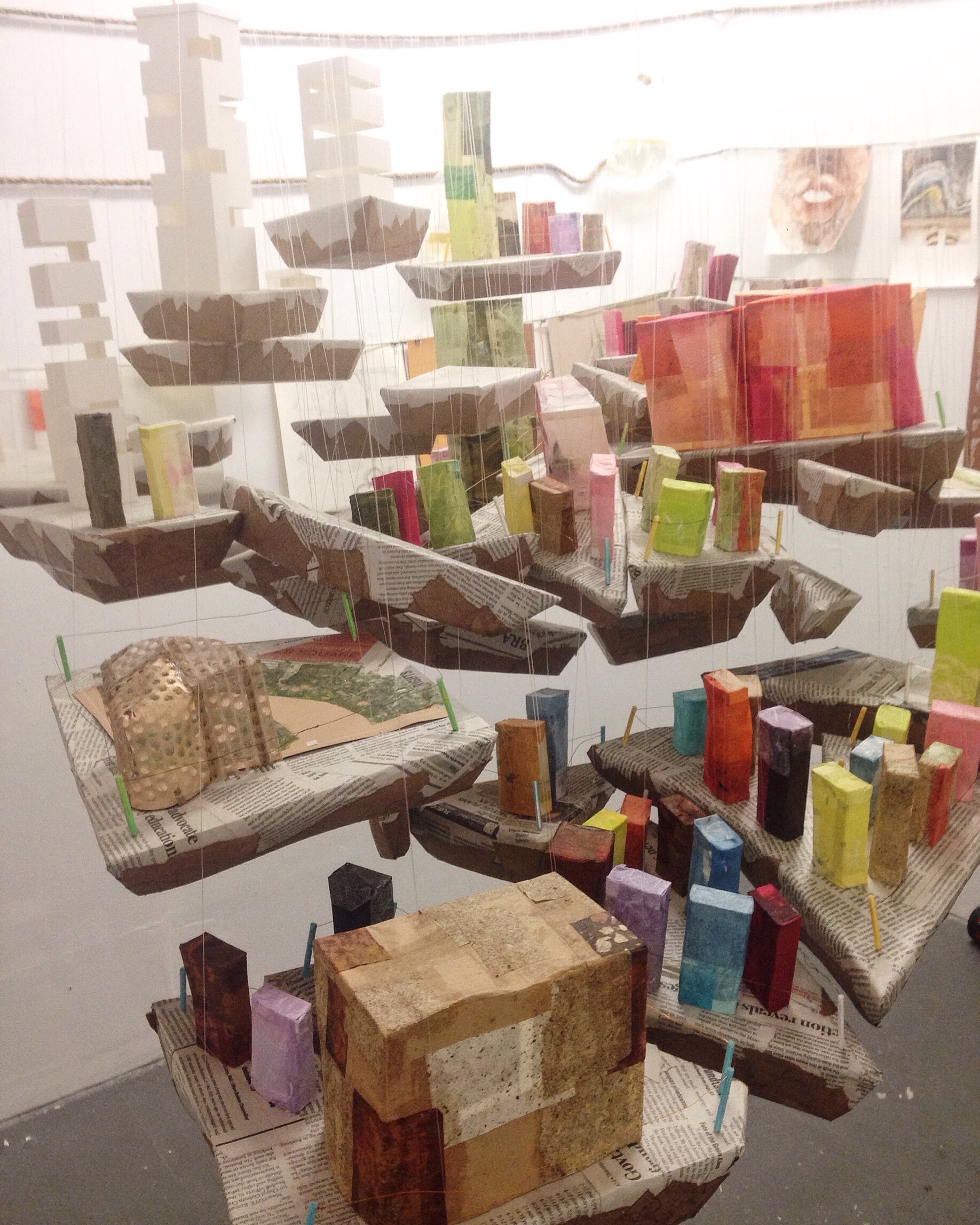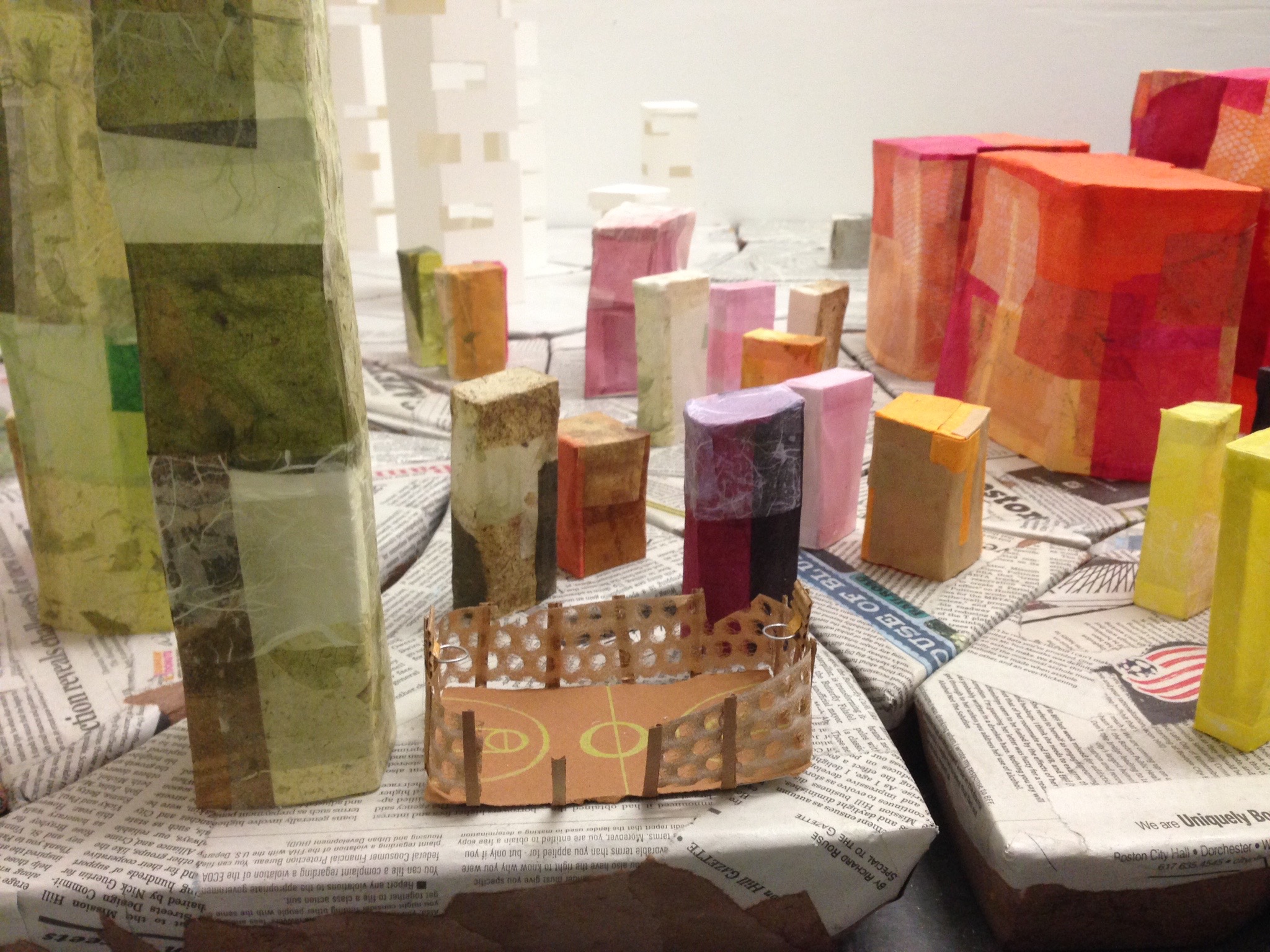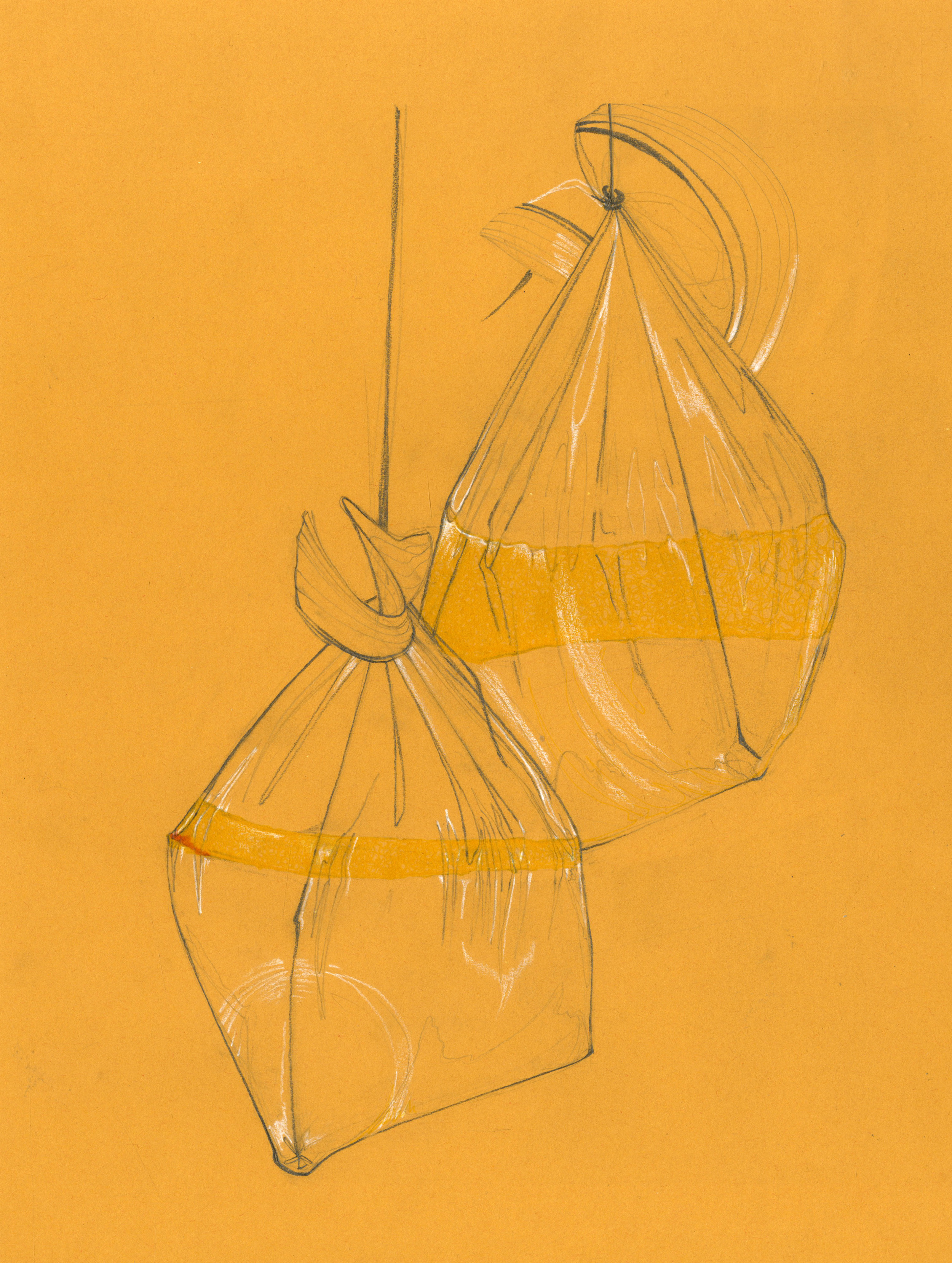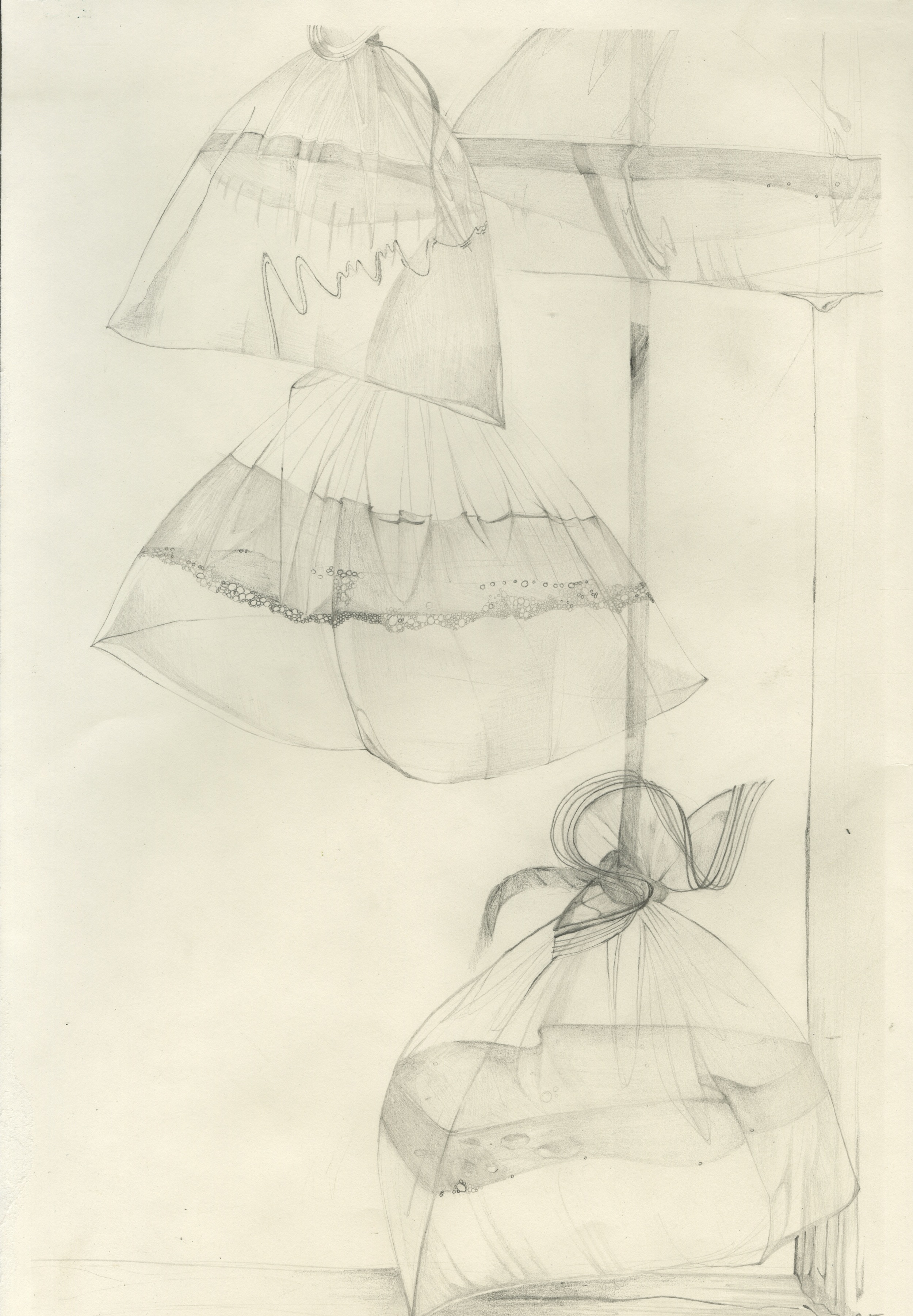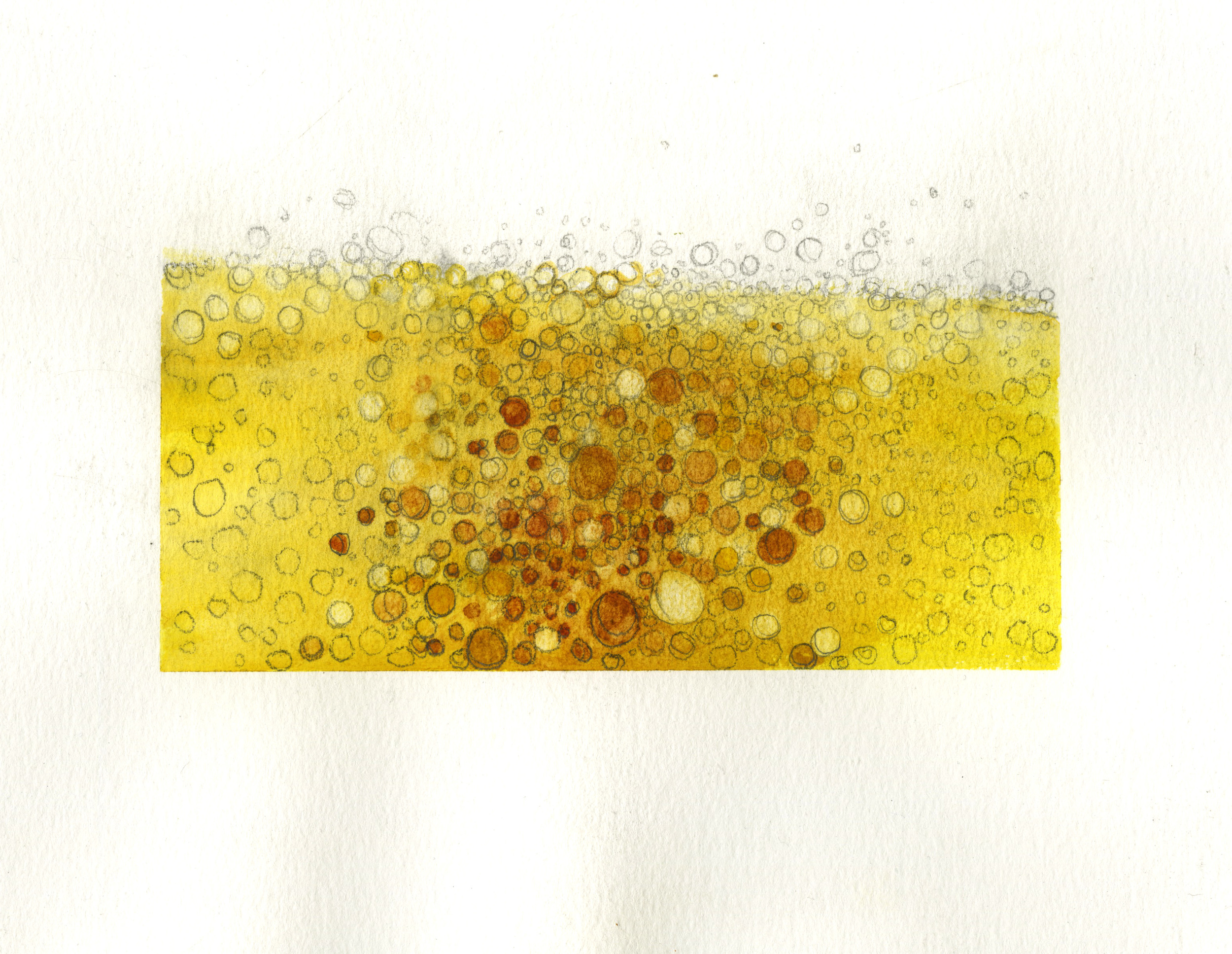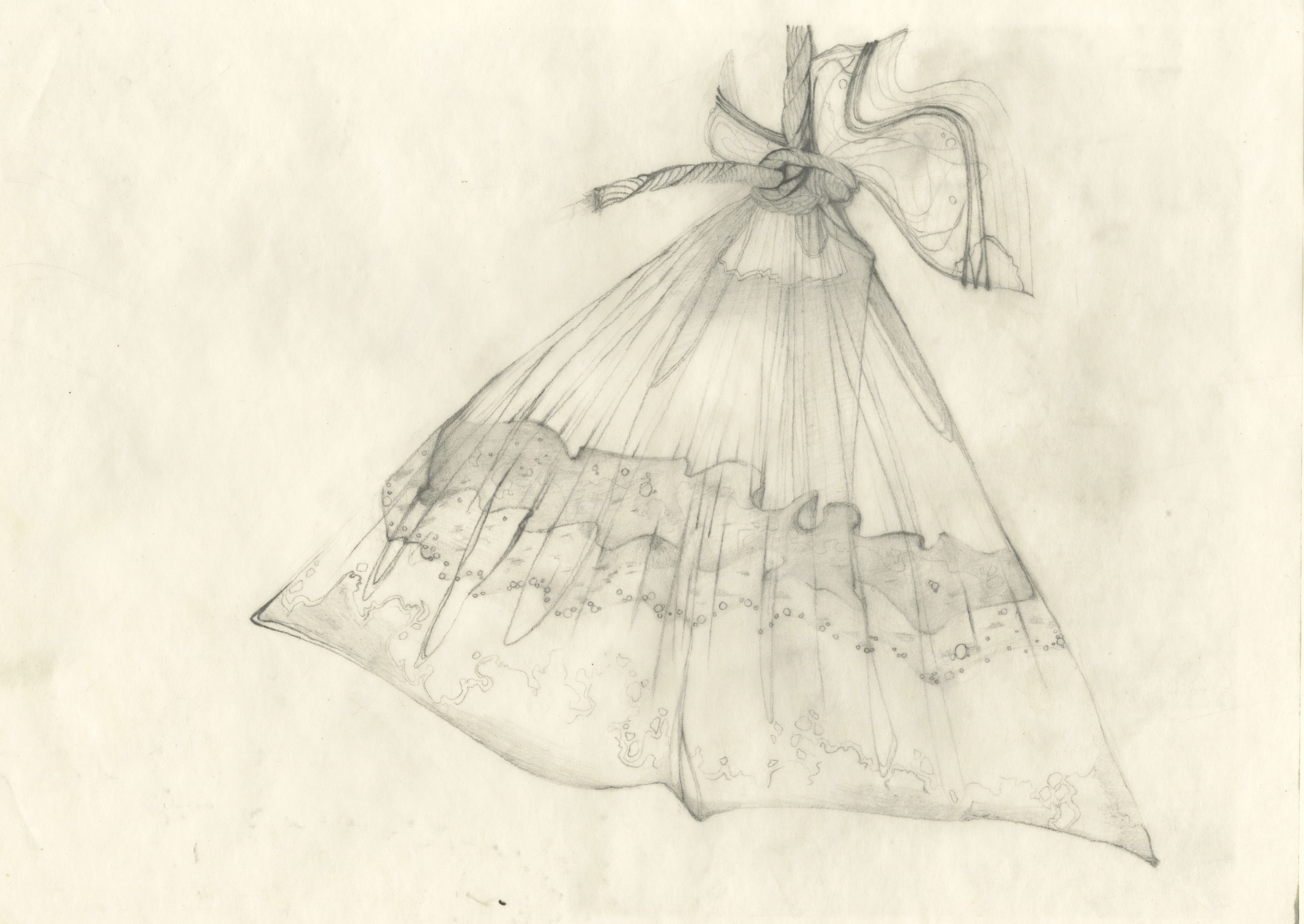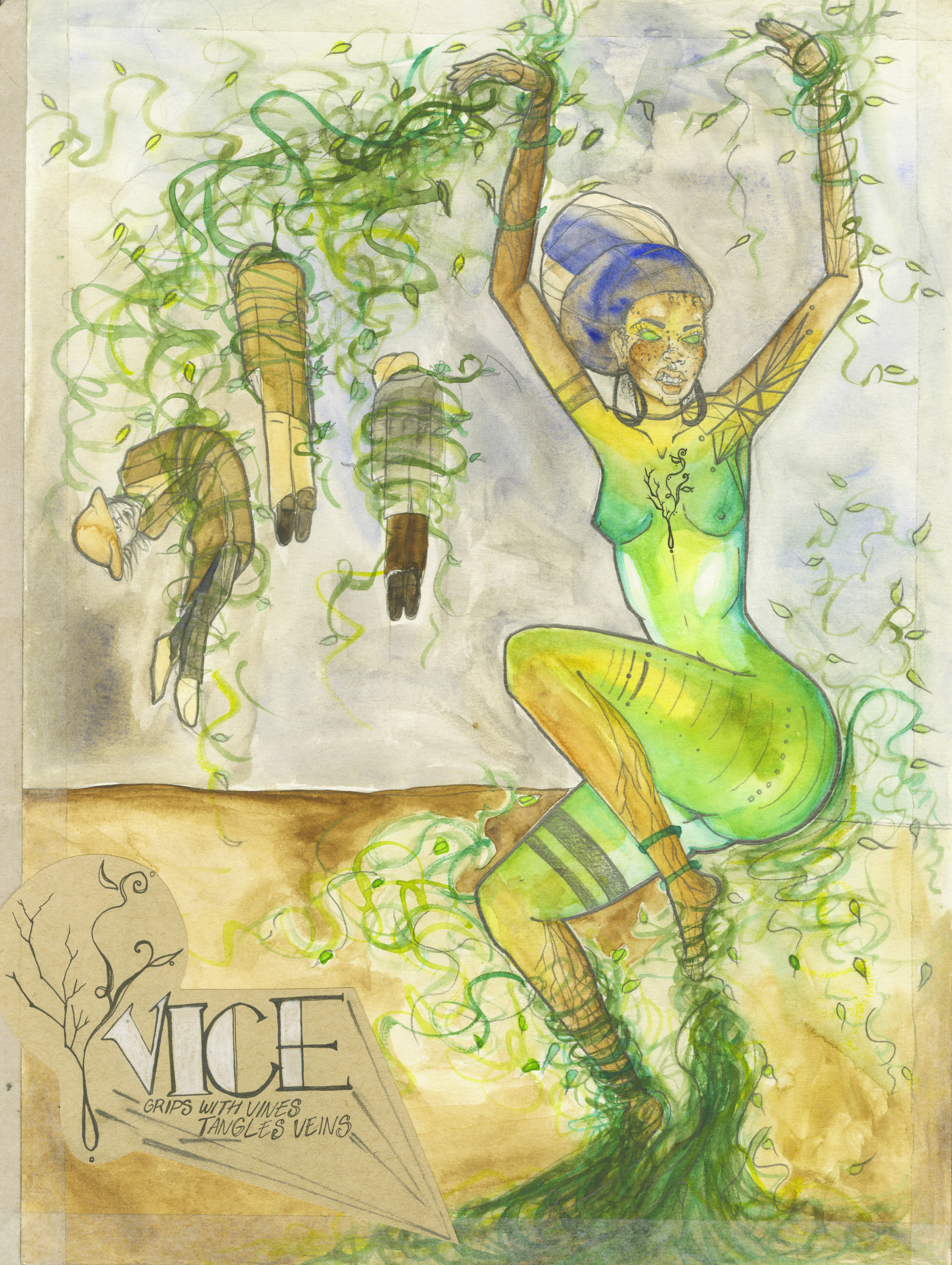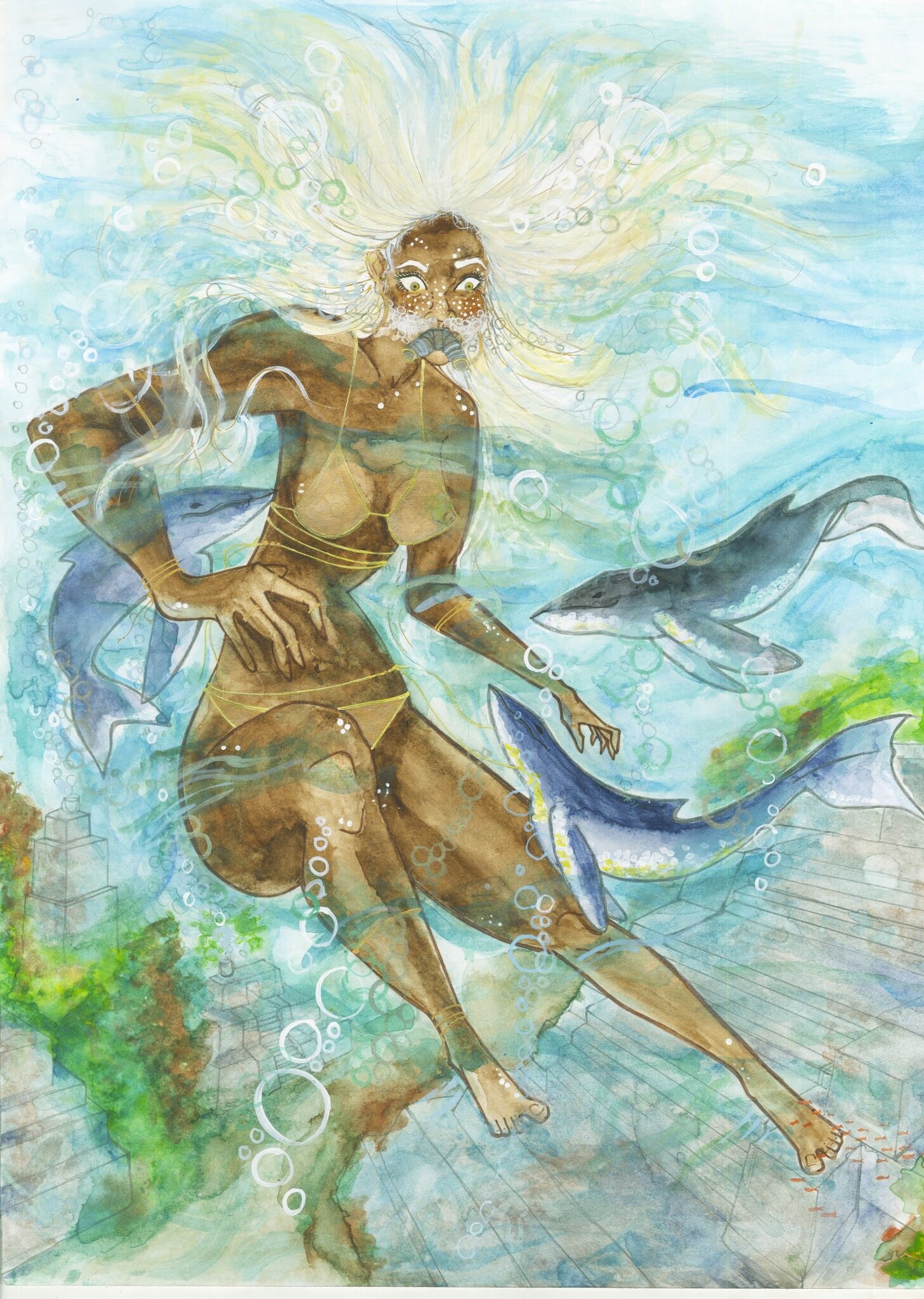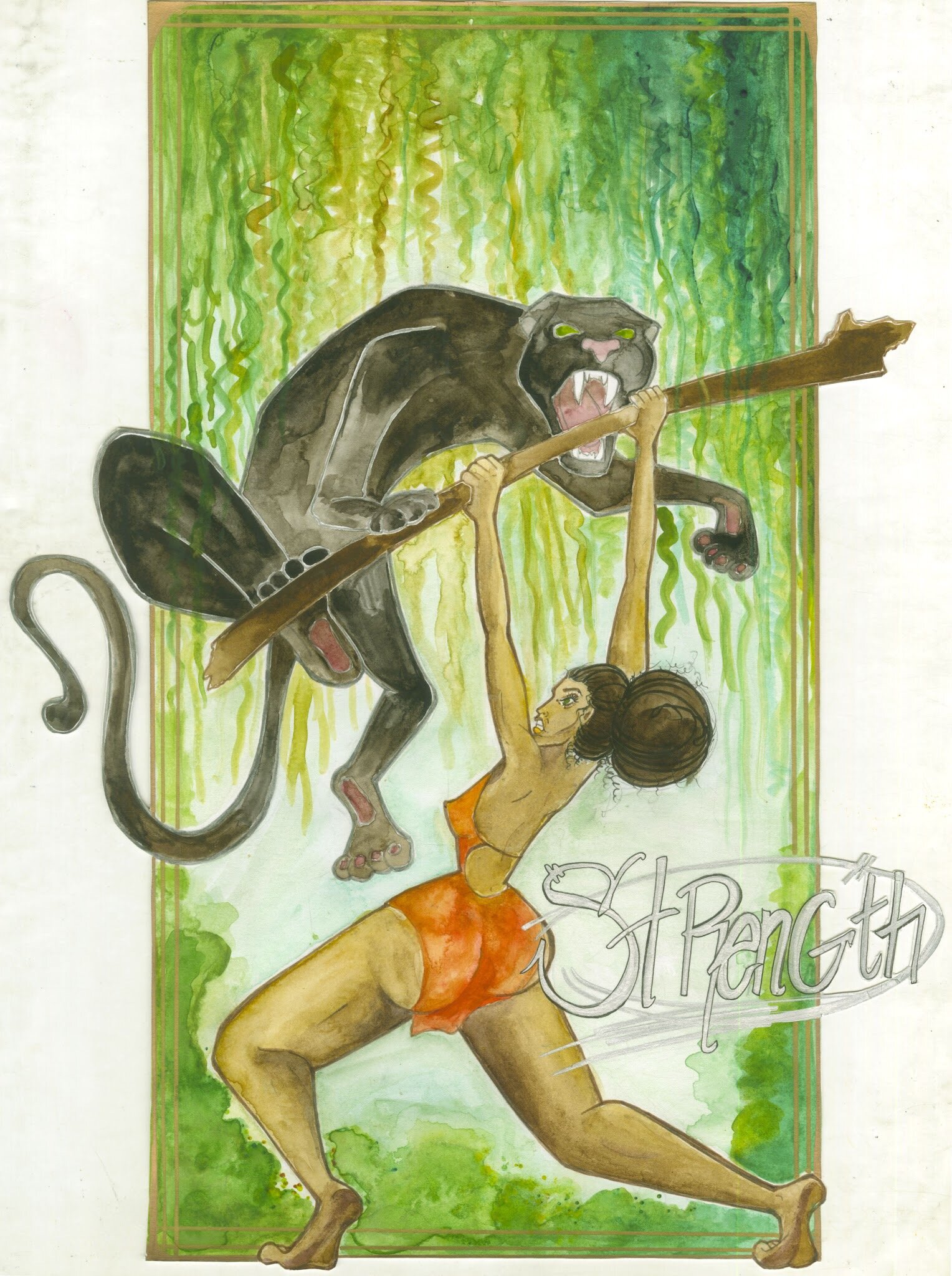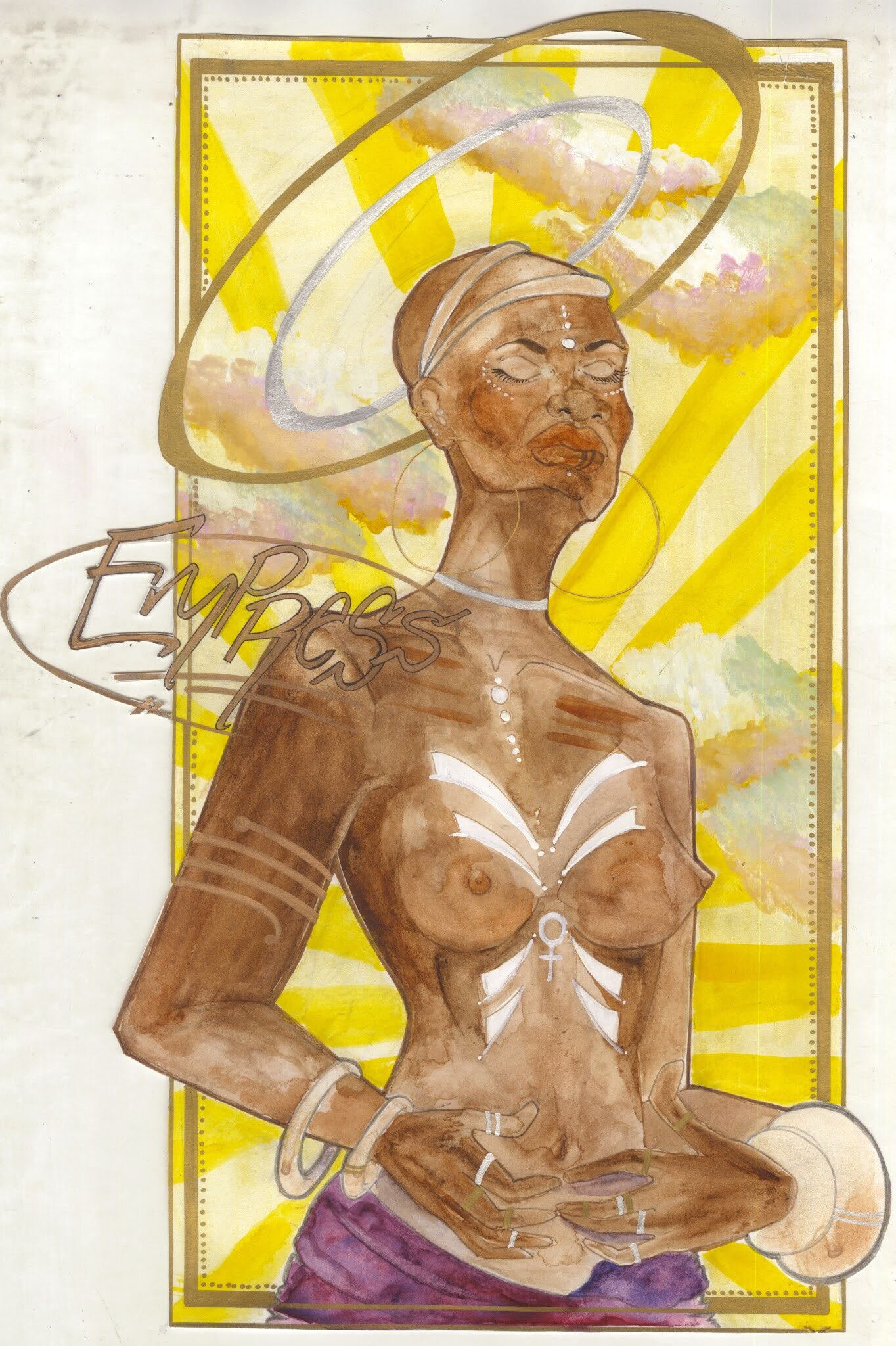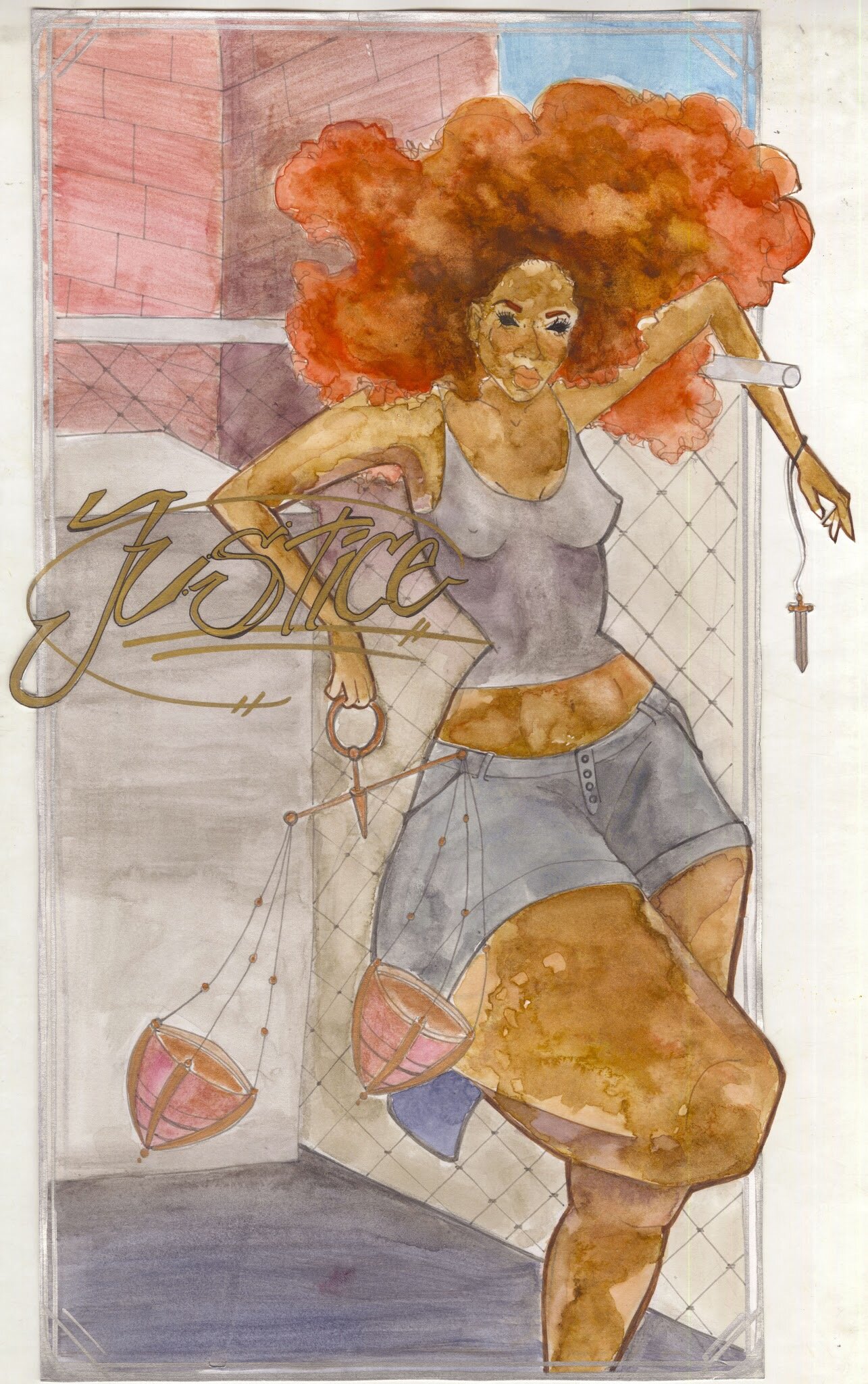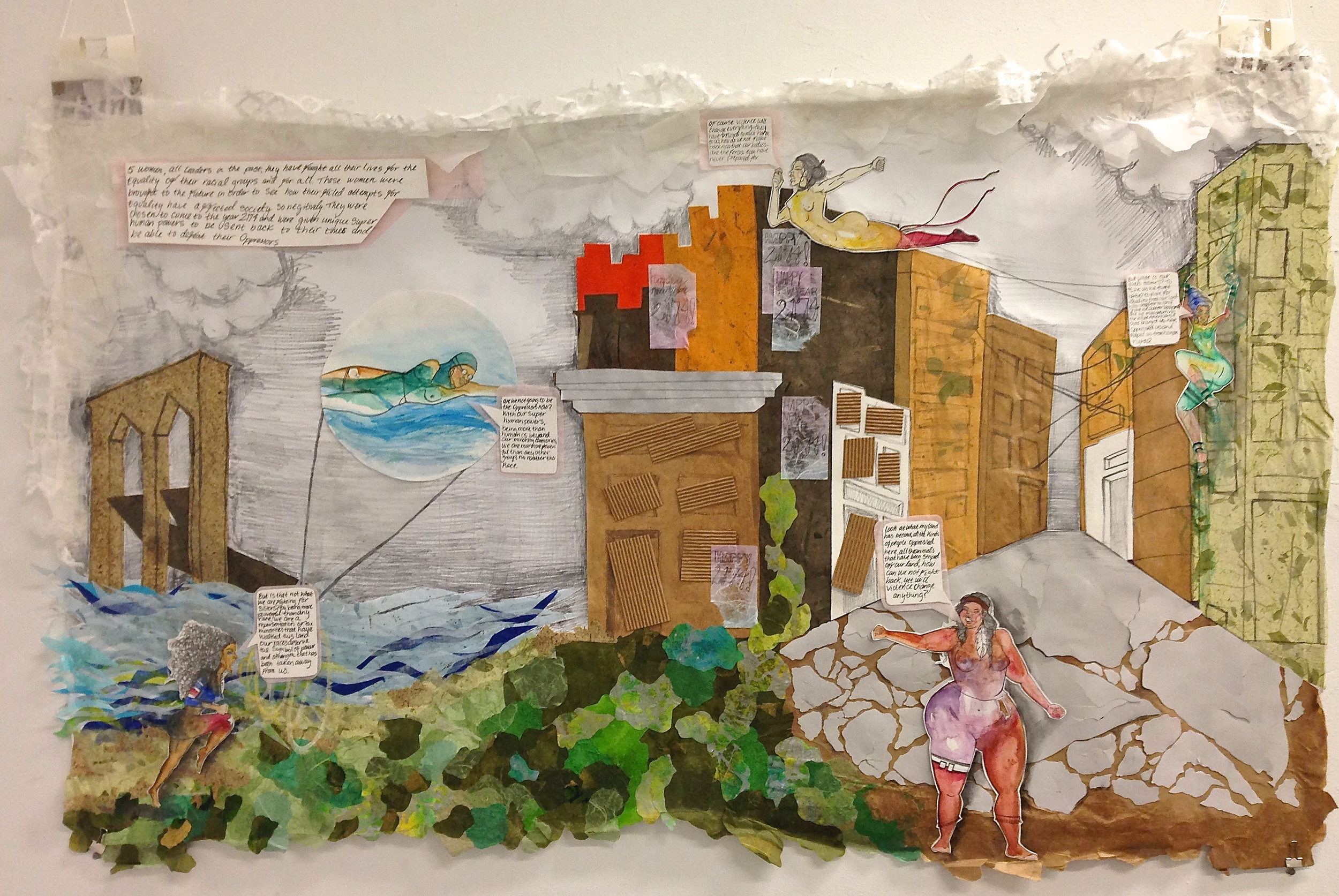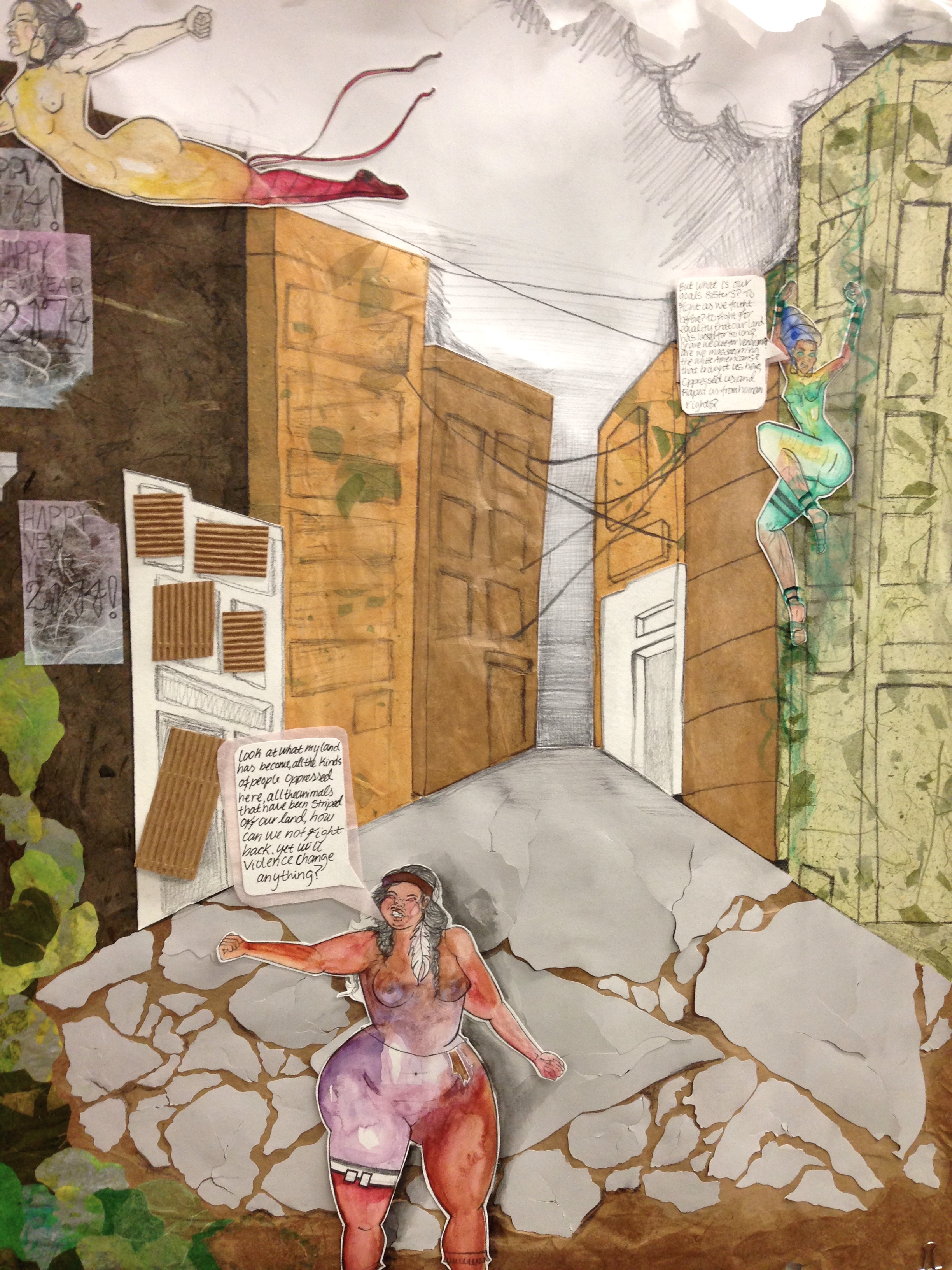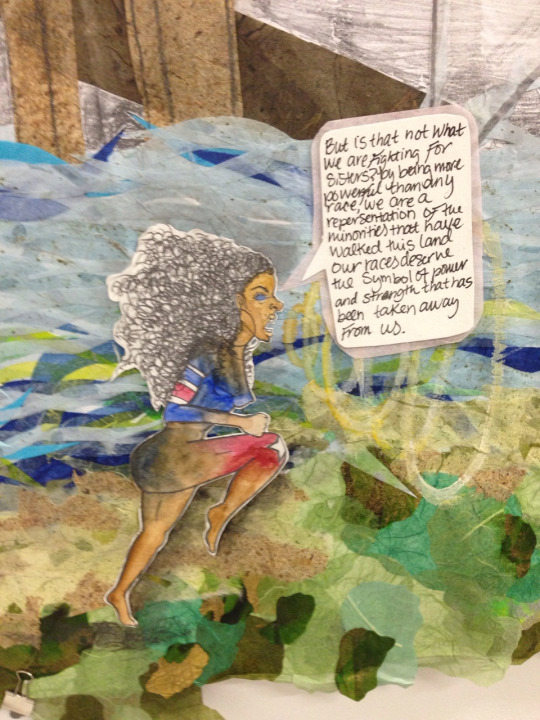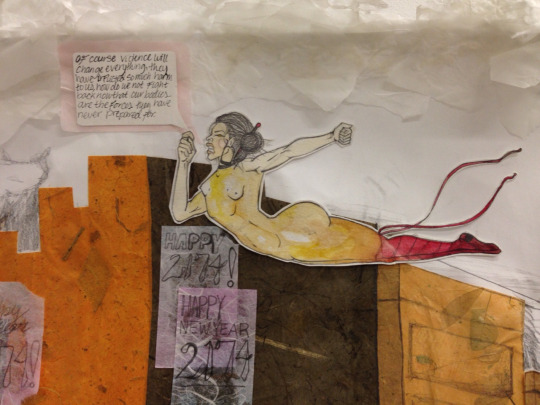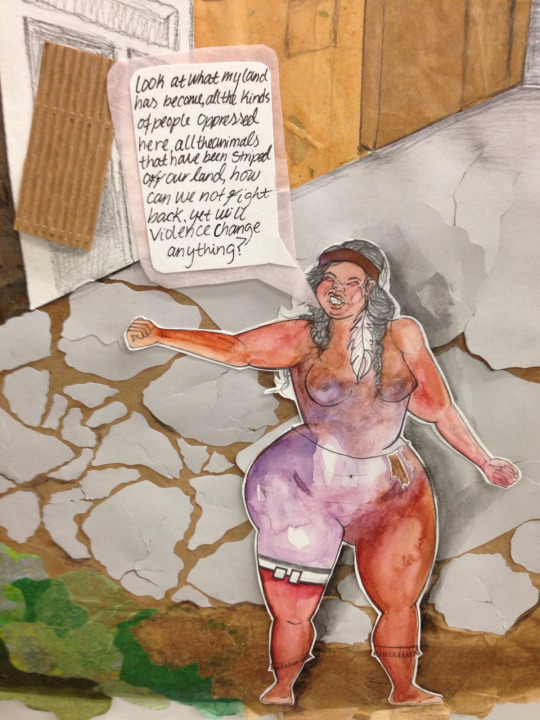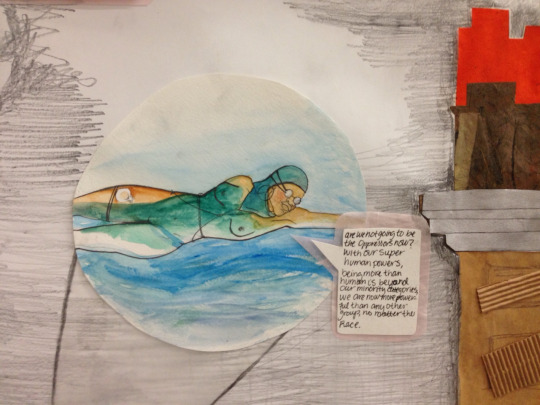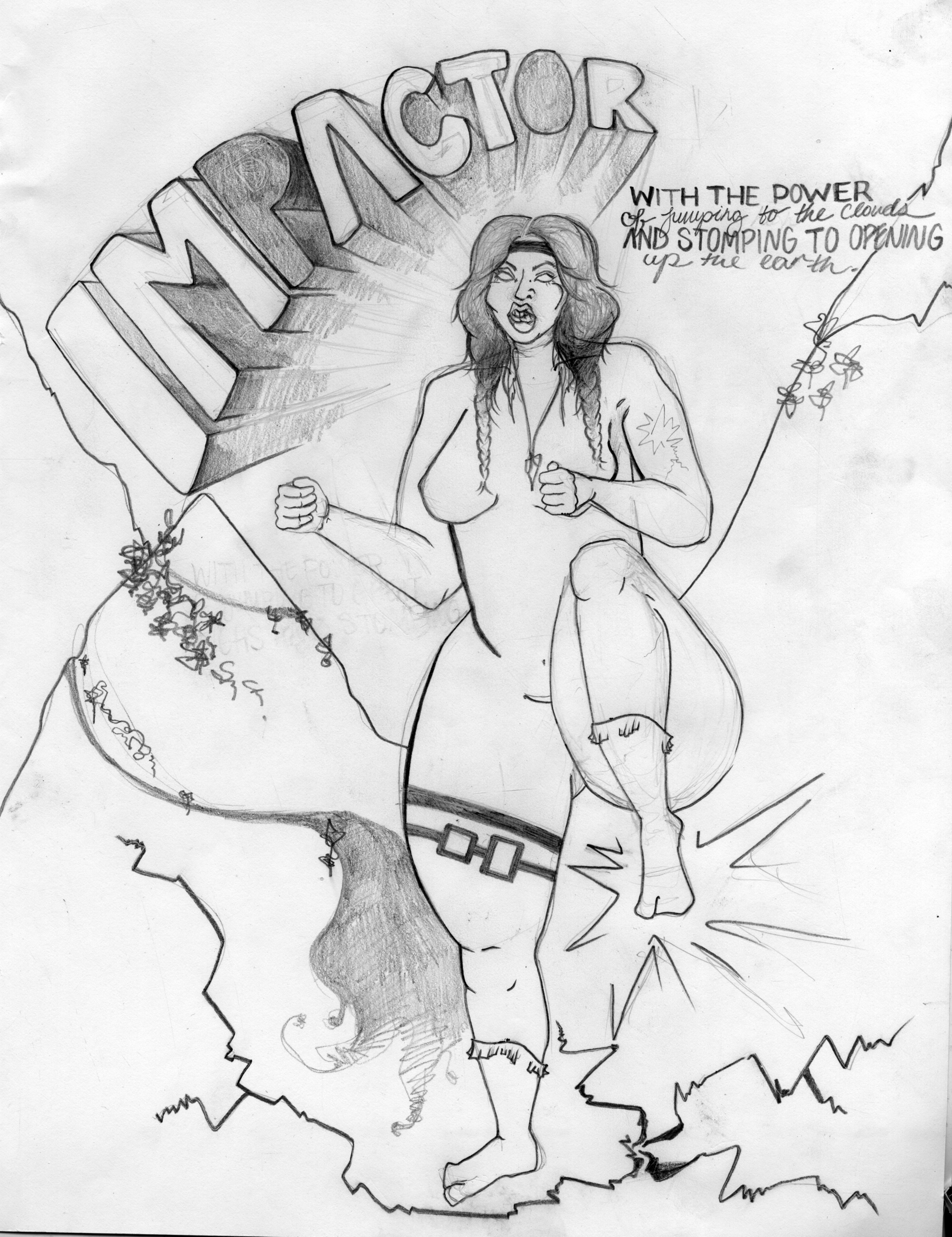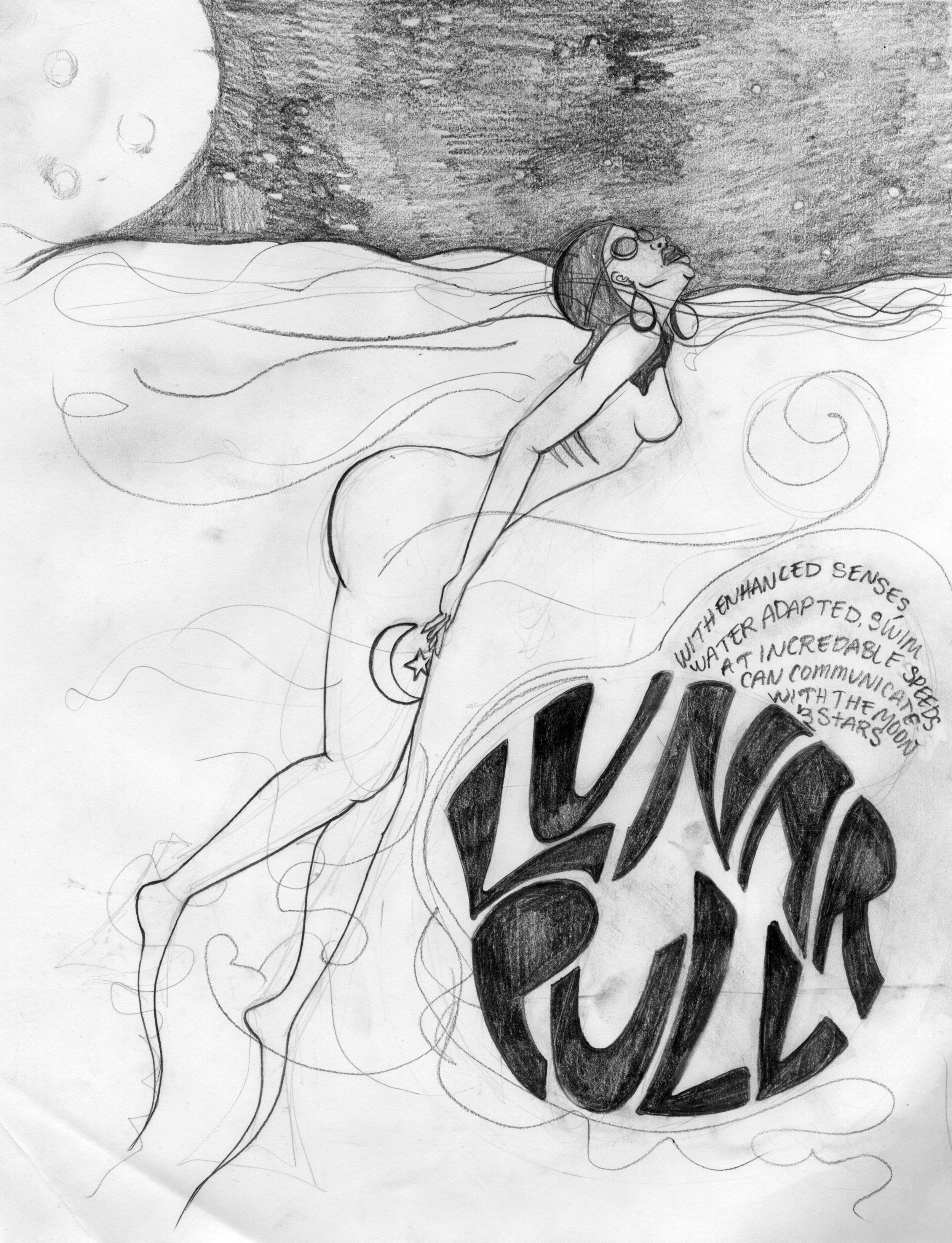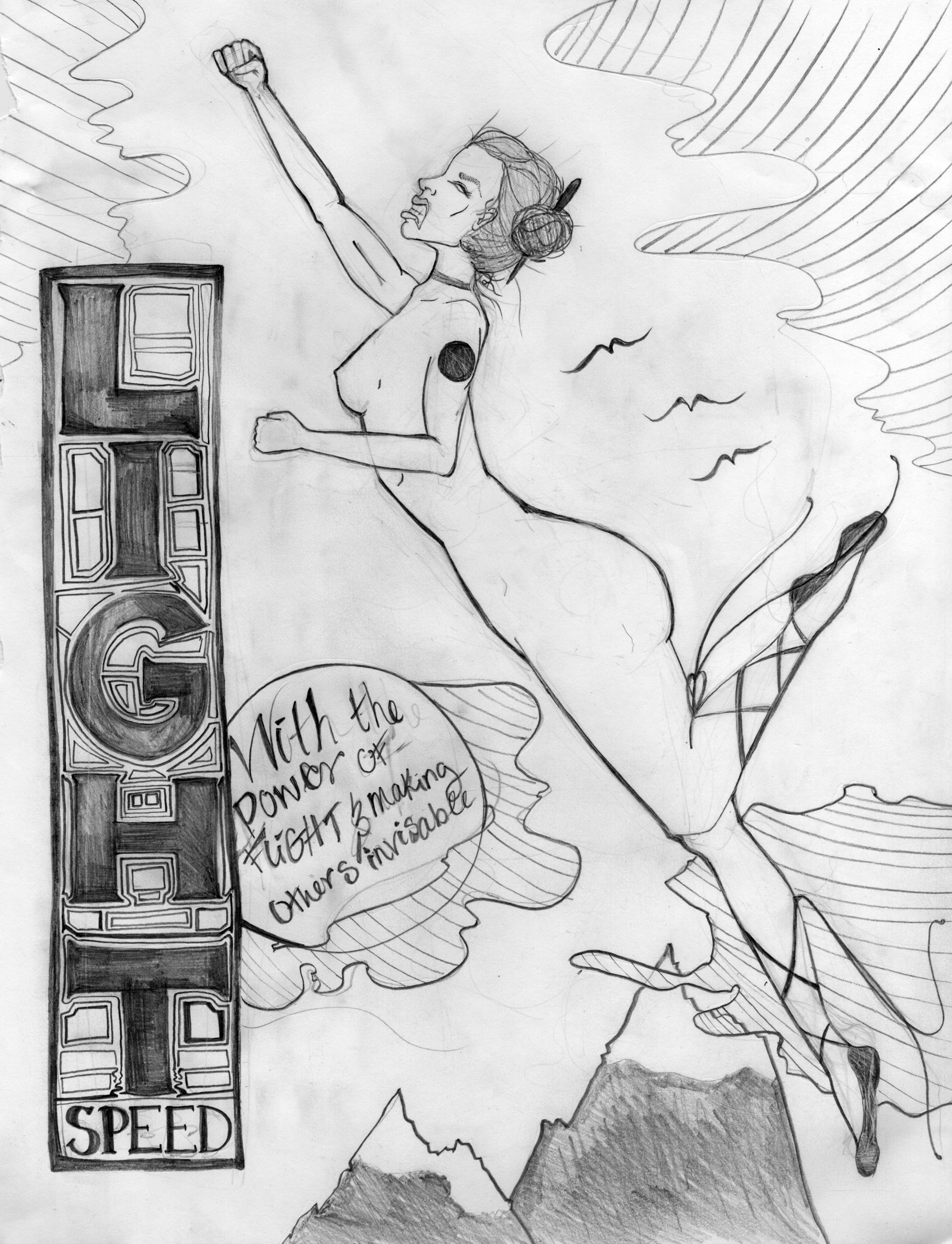Boston Mural Map
Outsides In - Panel Discussion
building paper heads
Power of public Art
Writing the Future
Film appreciation with Edcar : Black Art: In the Absence of Light
JB independent work
Thinking Through Art
Classroom Details
New Classroom New Vibe
All Inclusive Boston
Althea Bennett Wants to Amplify Minority Artists’ Voices in Classroom Conversations
Reflection: class one 10/13
My class seem to do well with my mini lectures, I was nervous that the lecture or it’s content would not be interesting to the students but they seem to enjoy and be informed by the information I was sharing with them. After sharing my own work with them I think they understood the project more. Having aids like the skull helped when trying to explain the form of the head, the front and the back of skull really having a peruse in describing the head. I appreciate their attention to the lesson from the start the finish it was really awesome to have their attention.
When heading out materials I believe I should give my TAs a live more to do in the classroom. I need to not feel like I must do everything while I have the helping hands. Learning how they work and how they can prepare the materials I will give them more responsibilities. I think i need to give and Alejandro a space for them the work more closely together, he is seeming to fall behind a bit. He seems to grasp what i am saying but doesn't know exactly how to visualize it. During the lecture he did not have trouble paying attention, but during the actual making time I did notice him taking out his phone a few times, he did not use it to listen to music like I allowed nor was he texting so I’m not sure what grasped his attention. While trying to explain to him how to create the back of the head it did take me a few time for him to understand there is the black and how it can be attached. I will have to keep a close eye on him for next week and I will speak to gabe about him having a closer teaching relationship in order for him to understand each project.
I see now from the start of their sculpture that they are not pushing expression as much as a wish they would. I hope them seeing the work of Jean-Baptiste Carpeaux, Gian Lorenzo Bernini, Balthasar Permoser, and Franz Xaver Messerschmidt will enlighten them. I also want some of the student to expand of size, I explained to the student that these head should be just under life size so so do need to push scale for next week. I hope next week if we push scale and expression, a lot of them inquired about expanding on the projects with doing split faces and fragments of faces as well and this excites me that they want to push it. I can intrigued to see what they do next, and I hope to see some friendships form in the classroom. I believe when we start to talk about each other work in the critique next week they will be able to open up to each other and maybe build some bonds.
For next week I hope to:
Give my TA’s more responsibilities
Give Gabe and Alejandro a practical work space
Expand on expression and scale
Have student work independently as get new students caught up
12 Preliminary Lesson PLANS based on your 6 Artist Analyses
Expressive portrait projects
1.Clay Self Portraits
4.Collage portraits,
6.Wire portraits
10. 3D paper portraits
Research and mapping, (self portrait of your hood )
11. 3d Mapping
15.Architectural model making
16.Expressive model making
17. Material informing concepts (upcycle objects to create something in conversation with the material)
Upcycing
21. Cardboard building
22. Wrapper college
24. Animals mascots made by upcycled materials with mascot printed
26. Create an art objects from many of one kind of upcycled product ie. plastic cups, paper towel tubes, news paper, ect.
PST and State and National Standards
PreK–12 STANDARD 1 Methods, Materials, and Techniques Students will demonstrate knowledge of the methods, materials, and techniques unique to the visual arts.
PreK–12 STANDARD 2 Elements and Principles of Design Students will demonstrate knowledge of the elements and principles of design.
PreK–12 STANDARD 3 Observation, Abstraction, Invention, and Expression Students will demonstrate their powers of observation, abstraction, invention, and expression in a variety of media, materials, and techniques.
PreK–12 STANDARD 4 Drafting, Revising, and Exhibiting Students will demonstrate knowledge of the processes of creating and exhibiting artwork: drafts, critique, self-assessment, refinement, and exhibit preparation.
PreK–12 STANDARD 5 Critical Response Students will describe and analyze their own work and the work of others using appropriate visual arts vocabulary. When appropriate, students will connect their analysis to interpretation and evaluation
PreK–12 STANDARD 6 Purposes and Meanings in the Arts Students will describe the purposes for which works of dance, music, theatre, visual arts, and architecture were and are created, and, when appropriate, interpret their meanings.
PreK–12 STANDARD 7 Roles of Artists in Communities Students will describe the roles of artists, patrons, cultural organizations, and arts institutions in societies of the past and present.
PreK–12 STANDARD 8 Concepts of Style, Stylistic Influence, and Stylistic Change Students will demonstrate their understanding of styles, stylistic influence, and stylistic change by identifying when and where art works were created, and by analyzing characteristic features of art works from various historical periods, cultures, and genres.
PreK–12 STANDARD 9 Inventions, Technologies, and the Arts Students will describe and analyze how performing and visual artists use and have used materials, inventions, and technologies in their work.
PreK–12 STANDARD 10 Interdisciplinary Connections Students will apply their knowledge of the arts to the study of English language arts, foreign languages, health, history and social science, mathematics, and science and technology/engineering.
Studio Thinking Reading Notes pt. 2
How does one teach creativity? in planning beyond seeing we get strategies to how to get students to draw from their imaginations. seeing the limits to line he variety of ways to play with color, exploring and playing with layers. giving students a space to improve.
How teach students their style? how can we help students find their vision ? narrative, gives students the opportunity to understand and share themselves and thoughts through their art, can lead to many concepts for them to explore.
How can students understand what they are making? its vital for students to reflect on their process, decisions and intentions when creating. the more they can talk about their own work the more they can understand and explain to others.
How to get students out of their comfort zone? it is important for students to make work outside the familiar. Through demonstrations and exploration of tools and materials students can discover new relationships with art making.
Introducing students to the art world and navigating it is vital in teaching young artist. giving the tools to hang artwork, to have a knowledge of art history as well as contemporary art, students must have references to draw from, as well as knowledge to move past the history or be in conversation with it.
Studio Habits can be integrated into all aspects of studio practices, from demonstrations to critiques.
30 Preliminary Lesson Ideas
Expressive portrait projects
1.Clay Self Portraits
2. plaster portrait,
3.Upcycle portraits
4.Collage portraits,
5. Gesture portraits
6.Wire portraits
7.Painted portraits
8.Many perspective portraits
9.Layered portraits
10. 3D paper portraits
Research and mapping, (self portrait of your hood )
11. 3d Mapping
12. Ethnographic archival studies
13. Writing raps and poems wire sculptures
14. Audio recording and alteration
15.Architectural model making
16.Expressive model making
17. Material informing concepts (upcycle objects to create something in conversation with the material)
18.installation designing and construction.
19. lighting and timing (creating a time of the day)
20. Origami paper folding (understanding and inventing)
Upcycing
21. Cardboard building
22. Wrapper college
23. Trash transformation
24. Animals mascots made by upcycled materials with mascot printed
25. Collecting trash from the street to create a staple character in your neighborhood
26. Create an art objects from many of one kind of upcycled product ie. plastic cups, paper towel tubes, news paper, ect.
27. Altering one upcycled object as much as possible so viewer does not know the material
28. Drawings on upcycled paper with some kind of image or text on surface to inform drawing
29. Painting on upcycled material with a print and color that will inform the painting
30. How to preserve and document a upcycled work
Artist Analysis - Portraits
Augusta Savage
A leading artist during the Harlem Renaissance as an activist and arts educator. Her work “The Harp” was inspired by the black national anthem “lift ever voice and sing” for the 1939 New York worlds fair.
Thomas J Price
A Black London bases artist, Price’s work focuses on representation and perception “in society and art” . He creates bust of black and brown people, giving brown folks a way to speak with close month, meaning his work is about body language and subtle facial expressions, as he puts it a way to suggesting a “state of mind.”
kirrikoo_pineapple
Kirrikoo is a dope expressive sculptor, comIng from Congo and now living in France. his work is experimental, fragmented but his understanding of the human face and their expression, the way their faces move are captures in his busts or particles of faces.
Studio Habits
Studio Habits
Develop craft, Engage and persist, Envision, Express, Observe, reflect, stretch and explore, and understanding the art world
which are the strongest and weakest in your own artist practice?
Strengths
1. Develop Craft: Learning to use tools, materials, artistic conventions; and learning to care for tools, materials, and space.
4. Express: Learning to create works that convey an idea, a feeling, or a personal meaning.
5. Observe: Learning to attend to visual contexts more closely than ordinary "looking" requires, and thereby to see things that otherwise might not be seen.
7. Stretch & Explore: Learning to reach beyond one's capacities, to explore playfully without a preconceived plan, and to embrace the opportunity to learn from mistakes.
8. Understand (Arts) Community: Learning to interact as an artist with other artists (i.e., in classrooms, in local arts organizations, and across the art field) and within the broader society. Arts is in parenthesis here as it can easily be switched with other disciplines, like science or history.
Weaknesses
2. Engage & Persist: Learning to embrace problems of relevance within the art world and/or of personal importance, to develop focus conducive to working and persevering at tasks.
As an artist i find that i use my art as a cure for my anxiety yet can also be a cause of my anxiety,. persistence is something I will always work on, as i am determined and will follow my own set deadlines for my personal work i haven’t let my current emotions when making and putting it into my art.
3. Envision: Learning to picture mentally what cannot be directly observed, and imagine possible next steps in making a piece.
I have the ability to see whats next in my head, but i still often find it difficult to explain it unless i have draw out, written down, or modeled my ideas. my envisioning often comes only visually.
6. Reflect: Learning to think and talk with others about an aspect of one's work or working process, and learning to judge one's own work and working process and the work of others.
This is something I do often but i would like for it to be more apart of my art making practice rather than just an after thought.






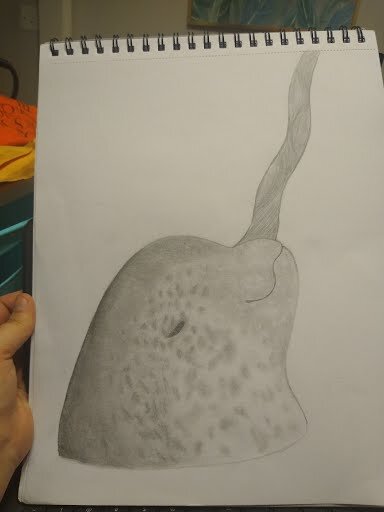
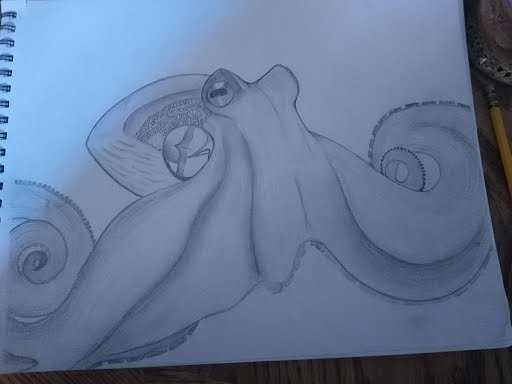
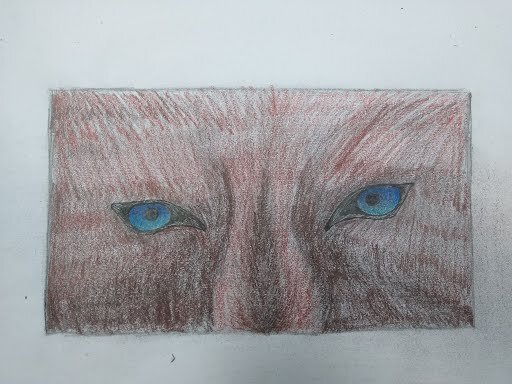

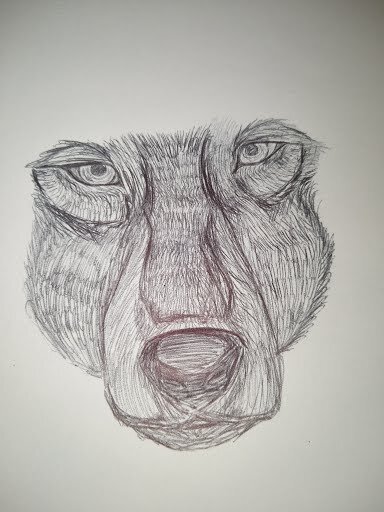



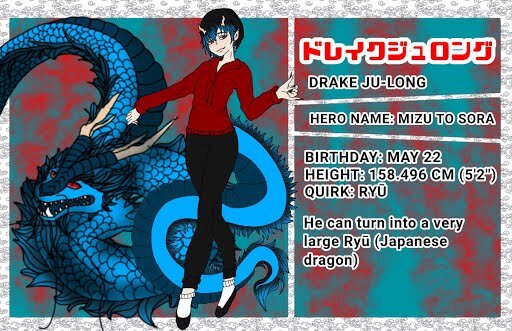

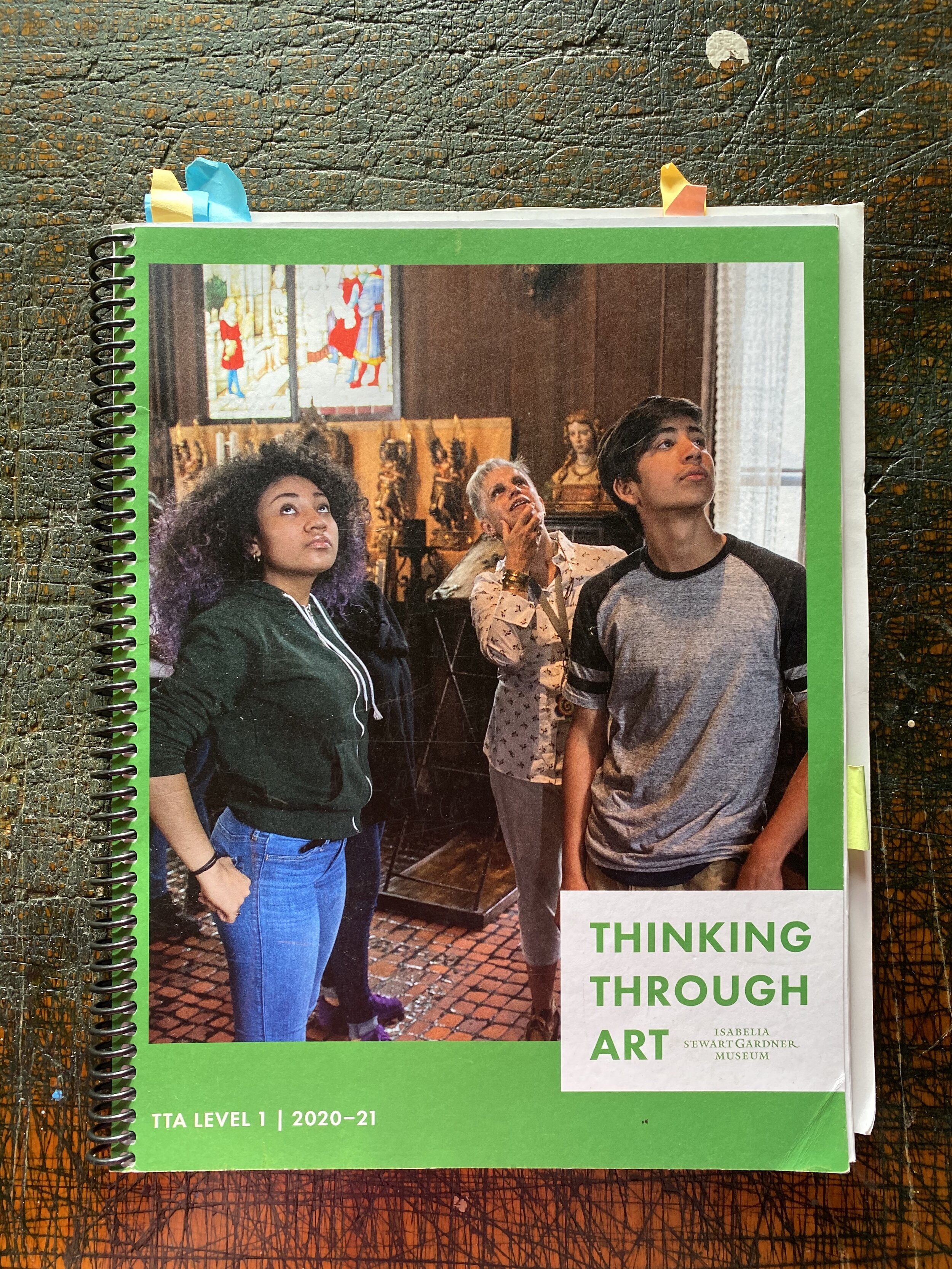


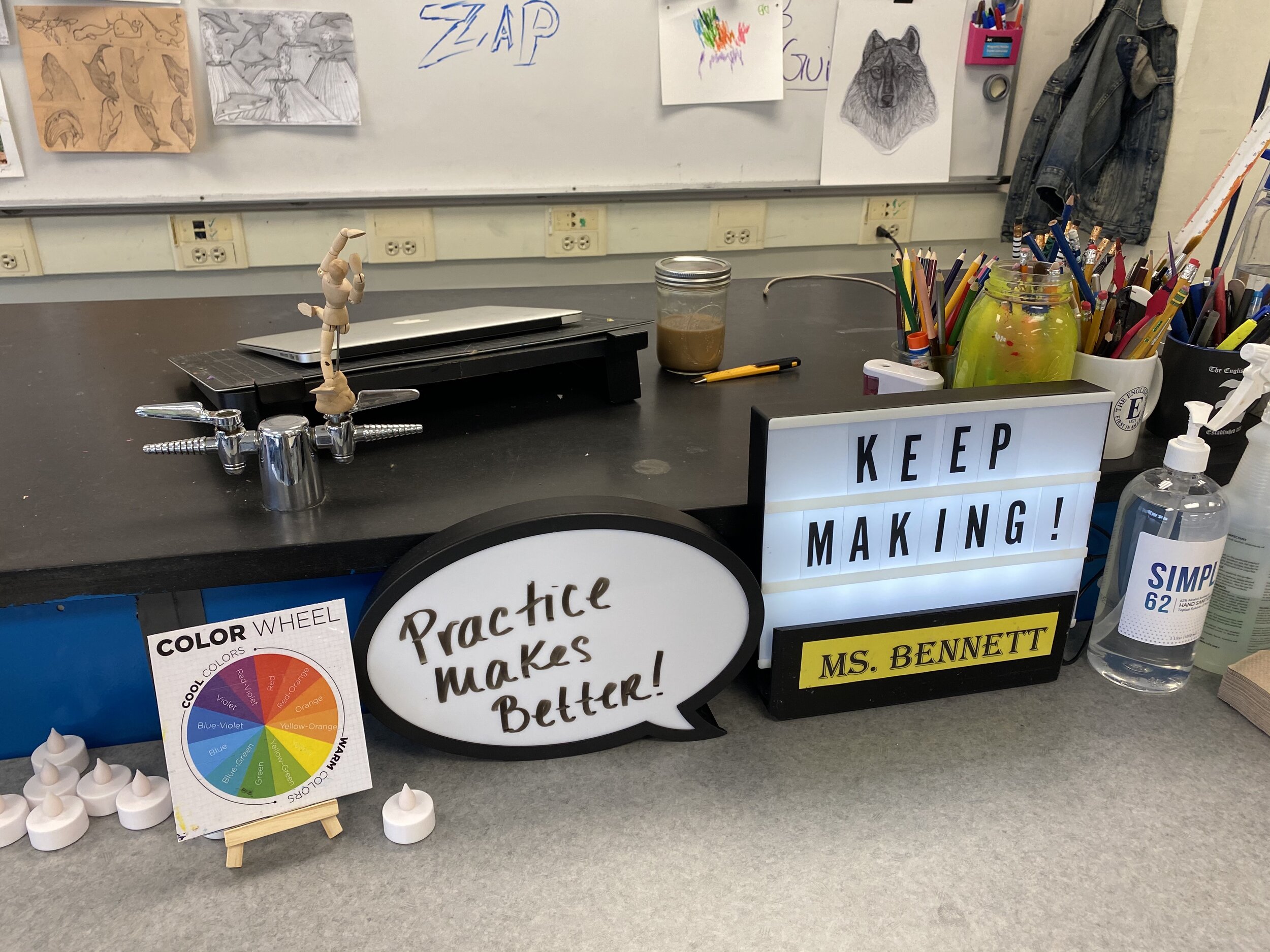
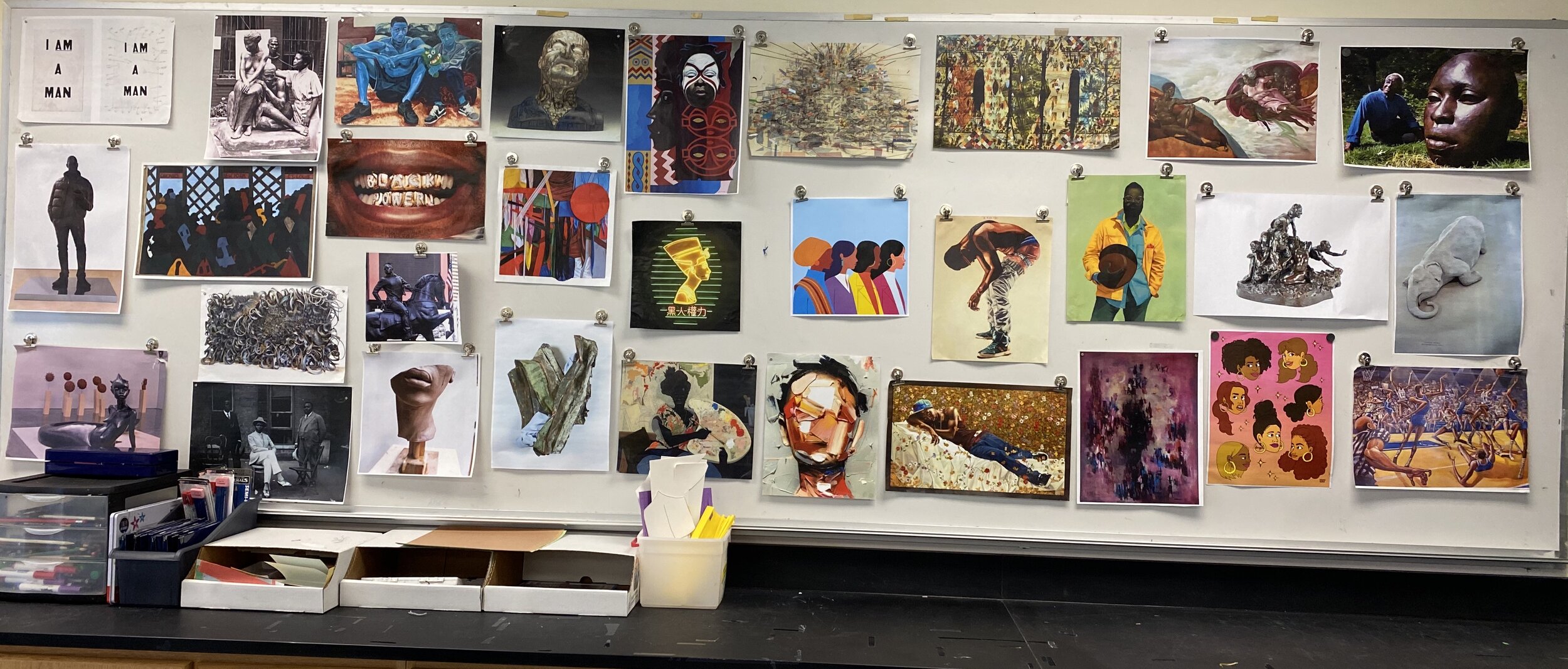
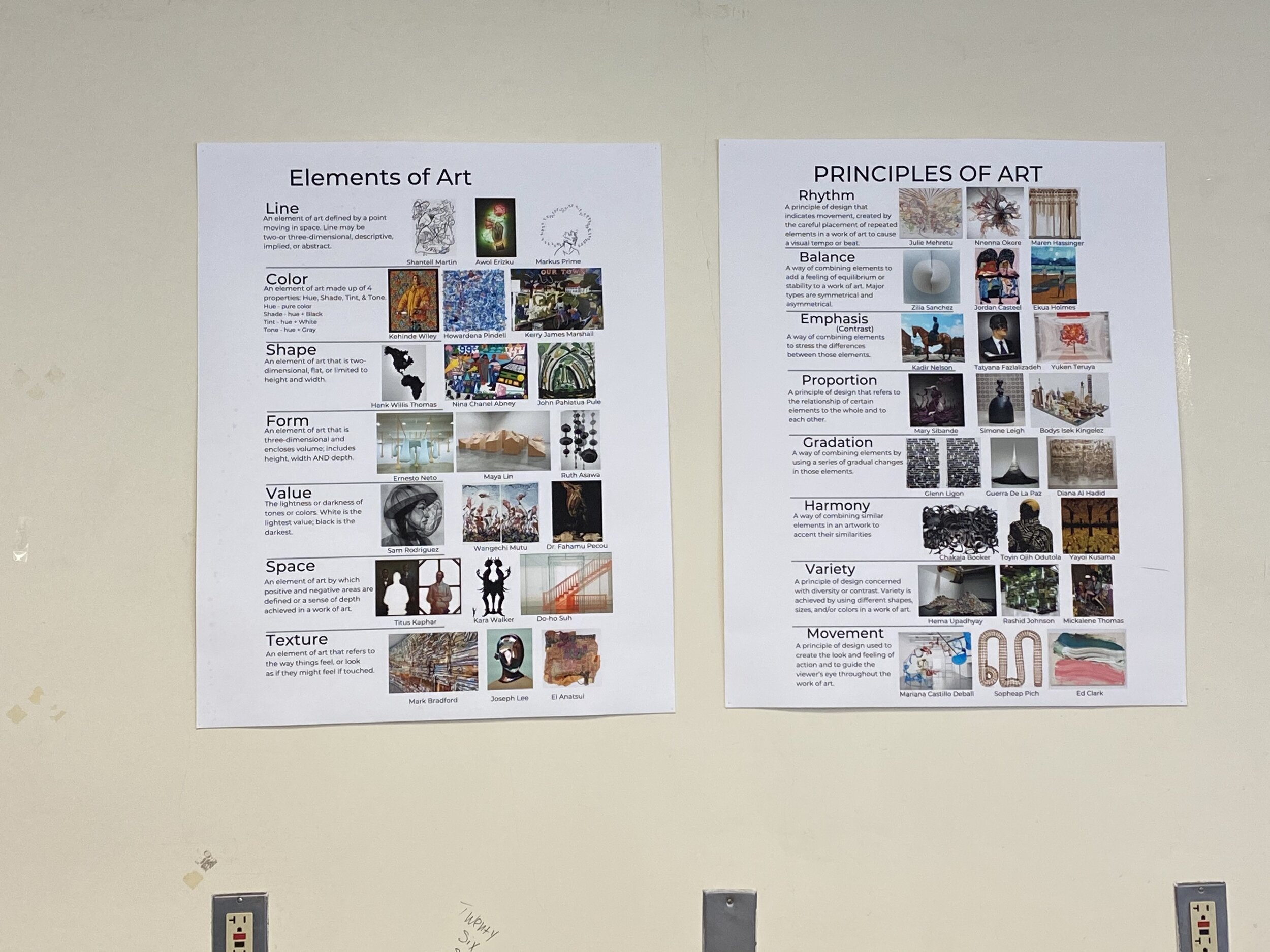
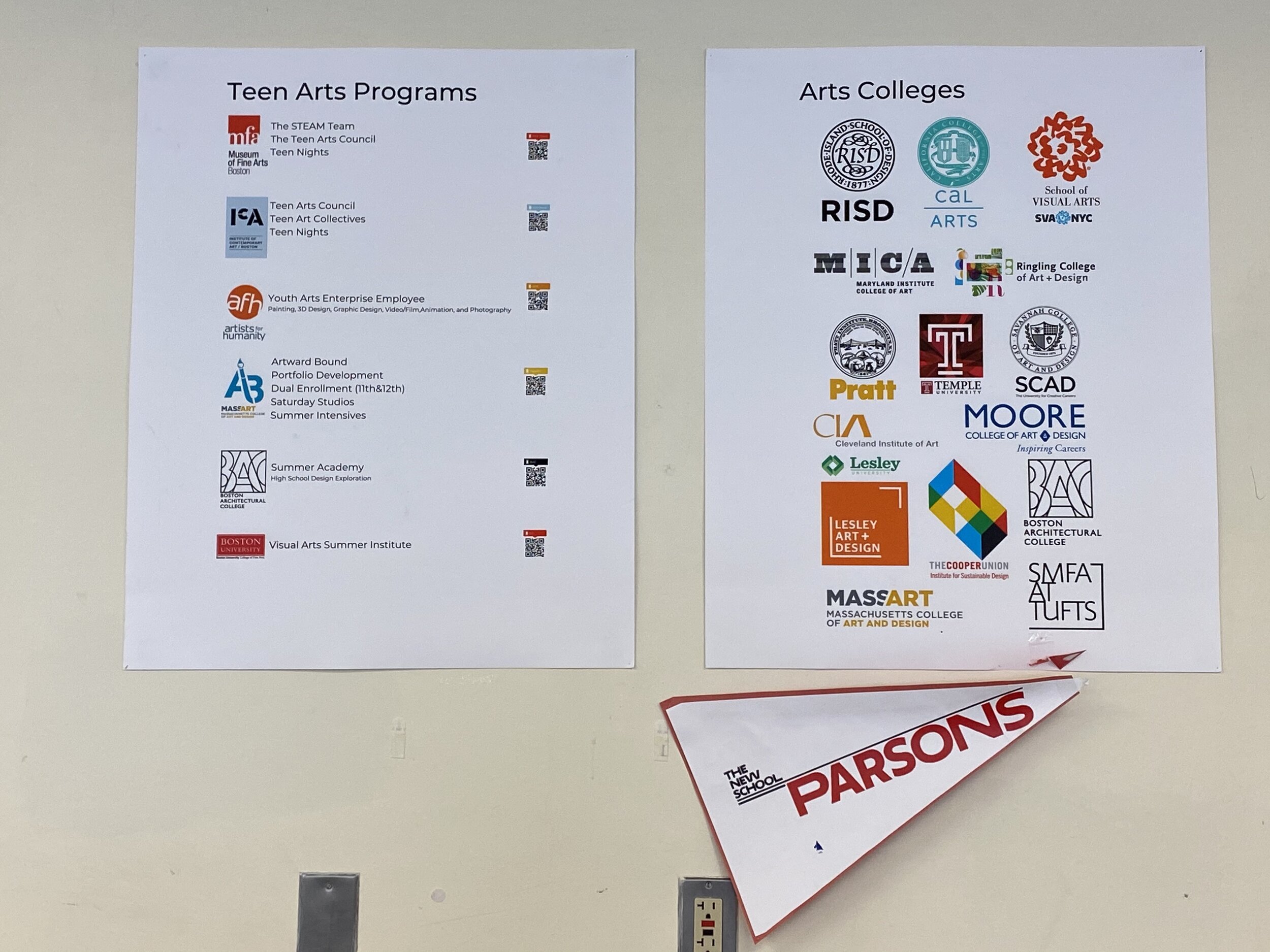

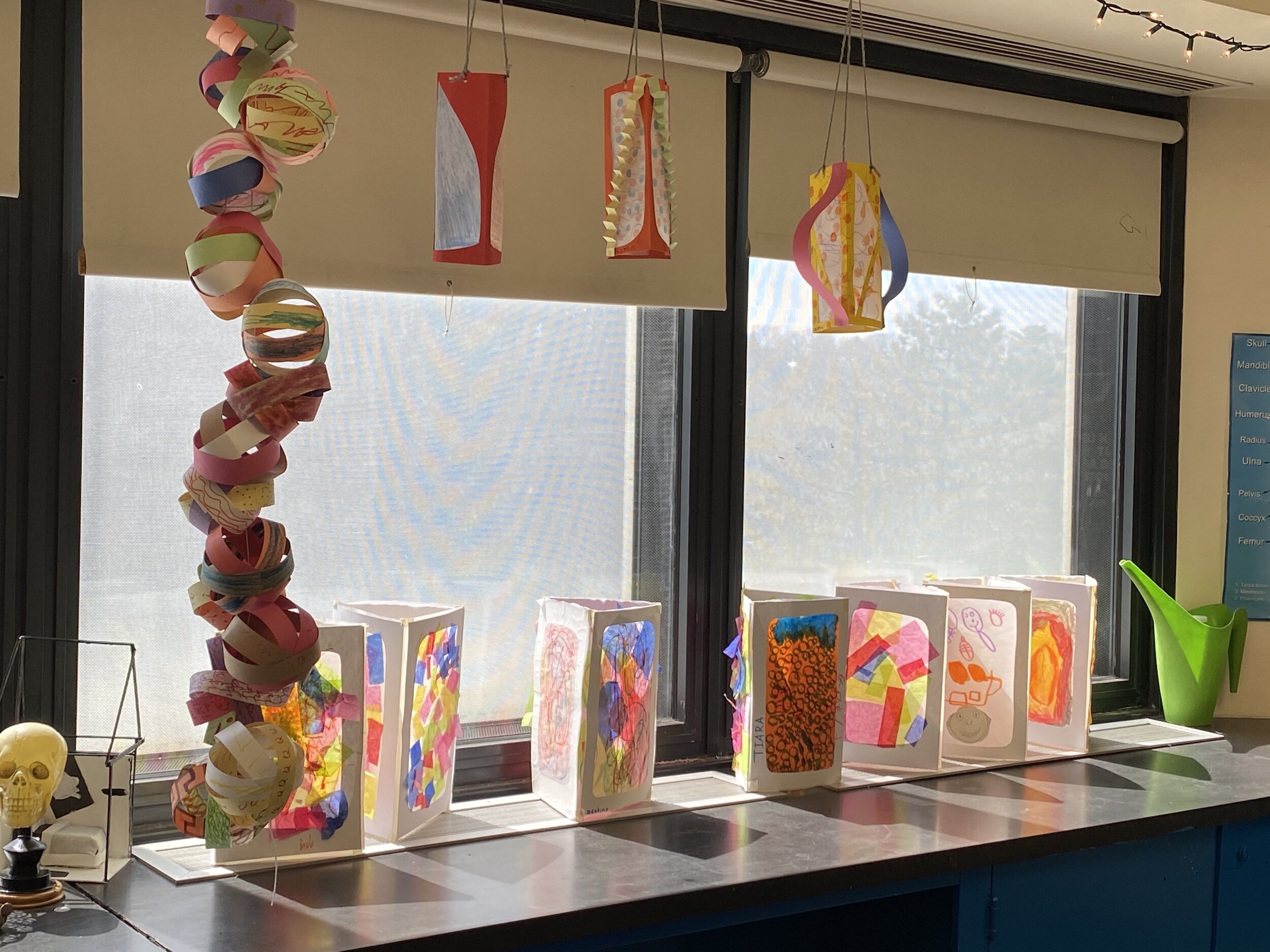
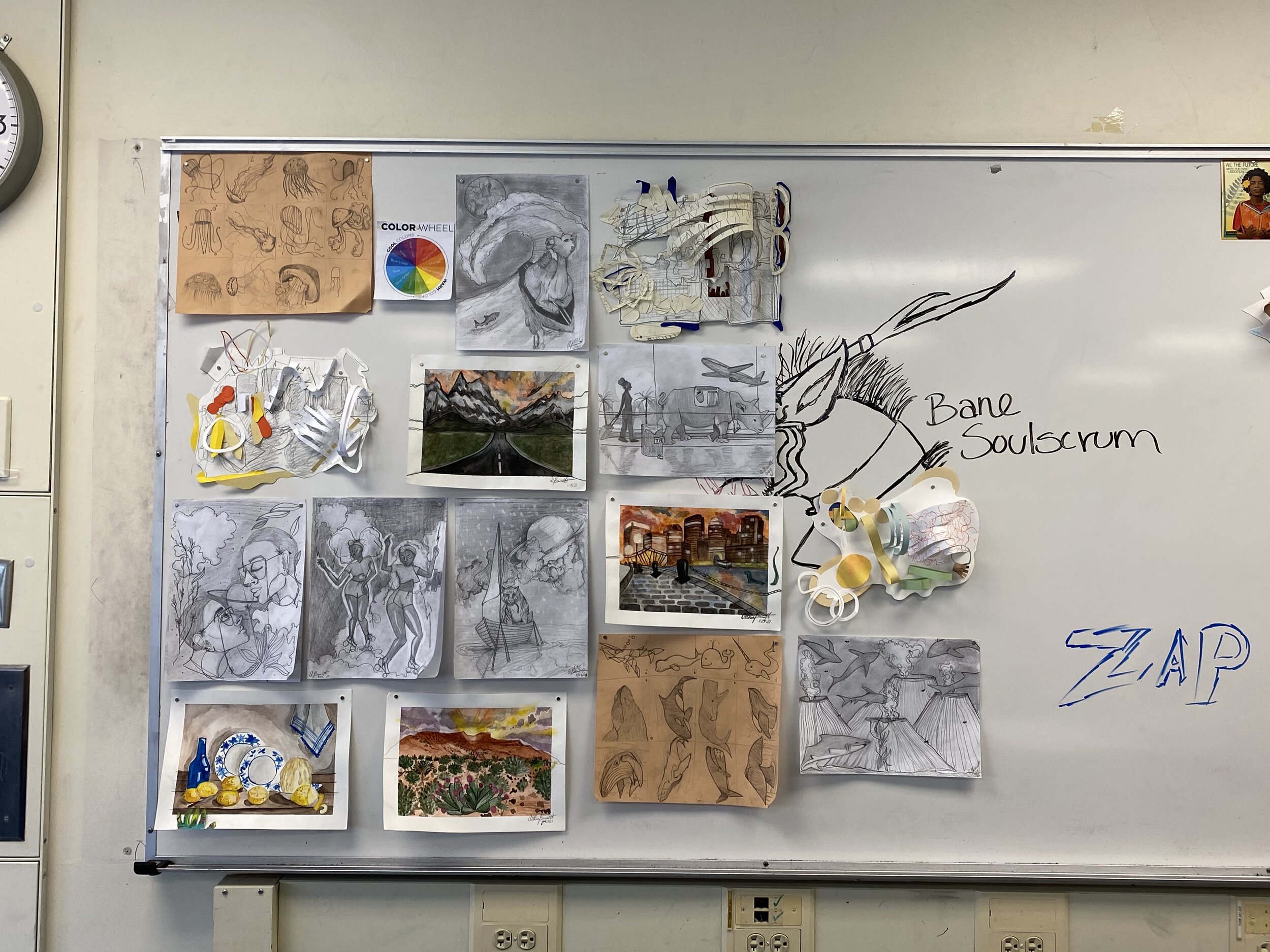

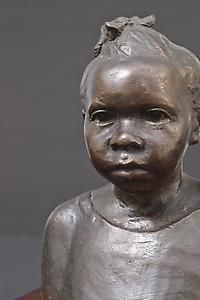


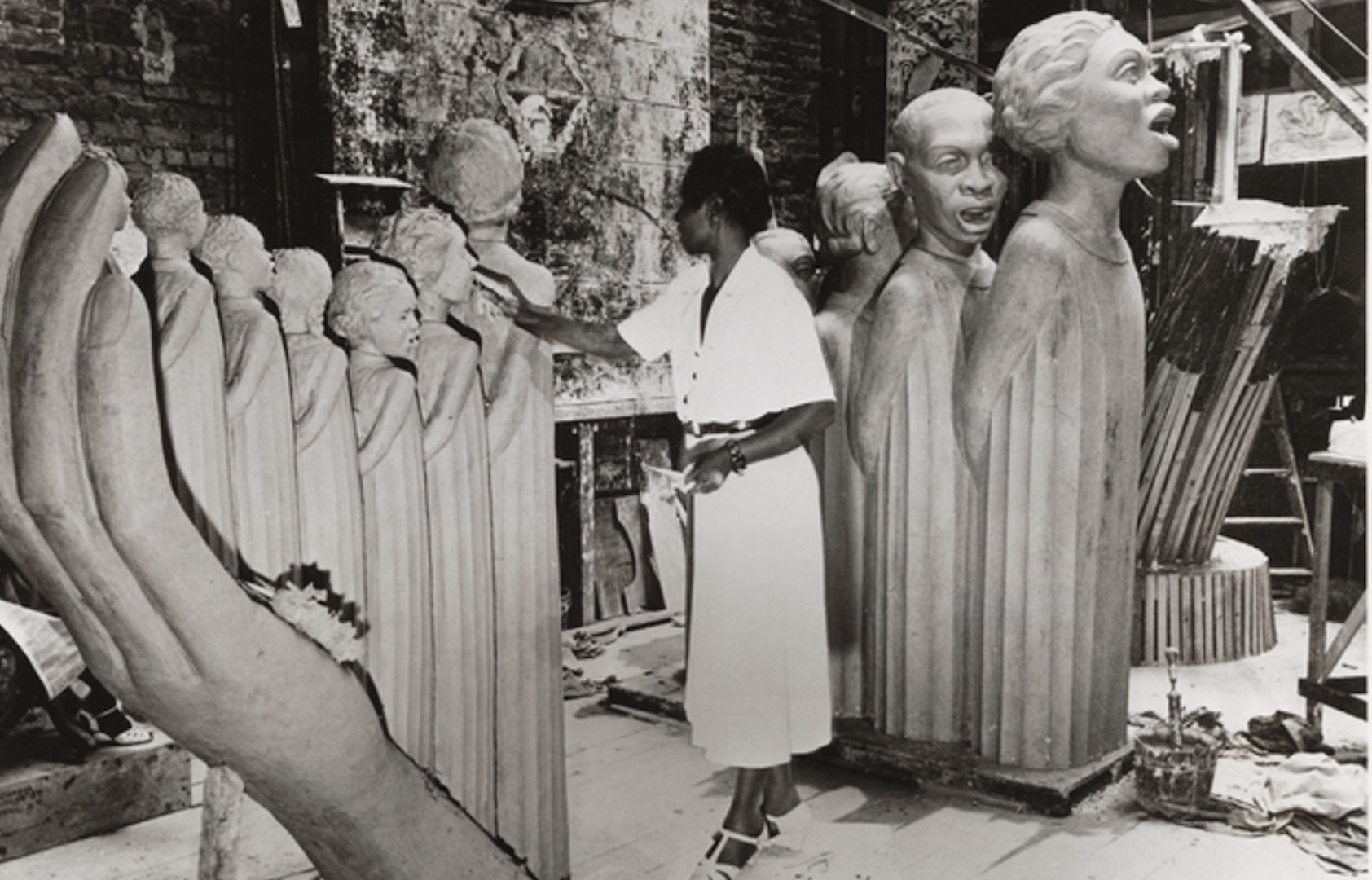

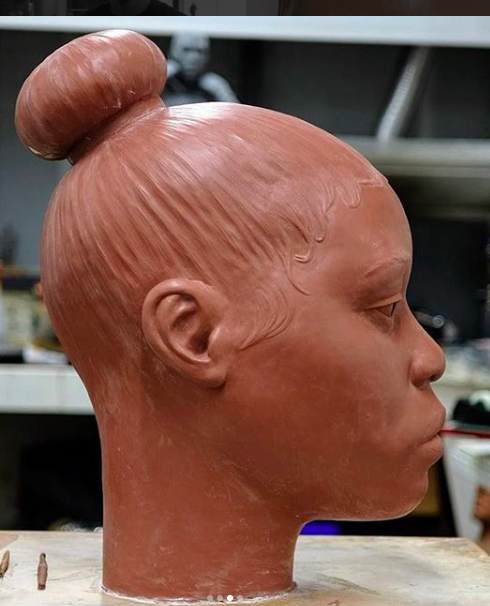
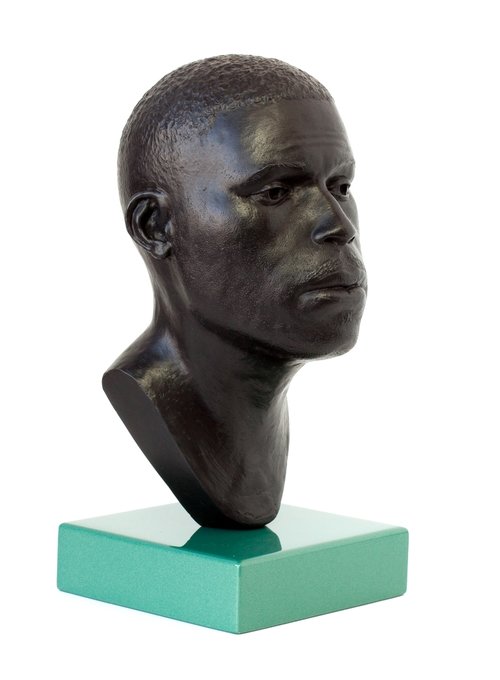
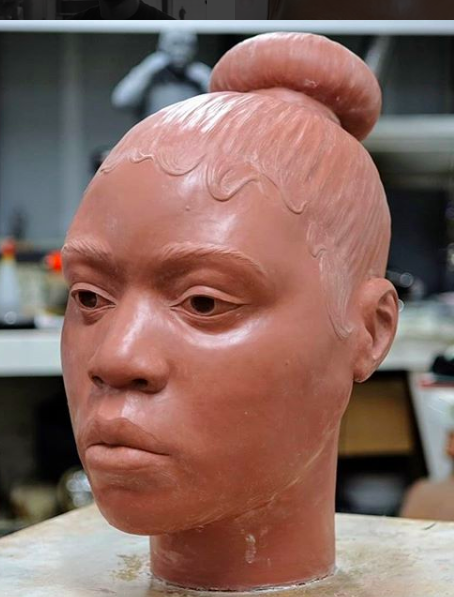
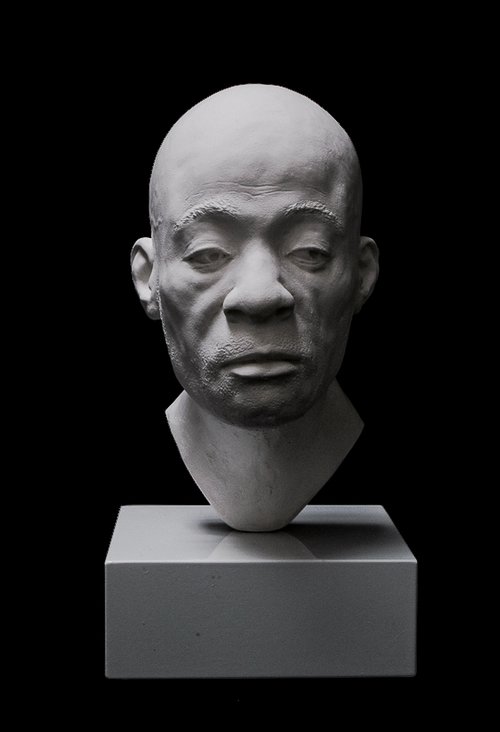


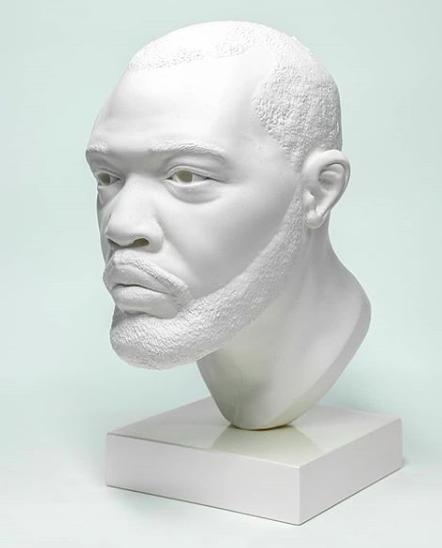
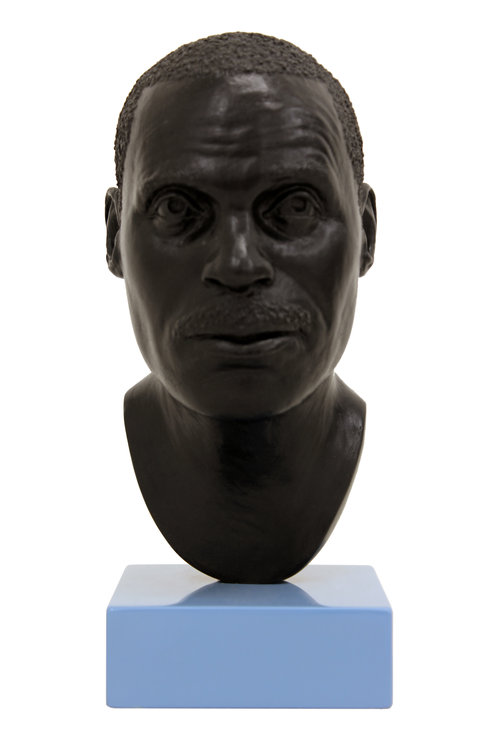

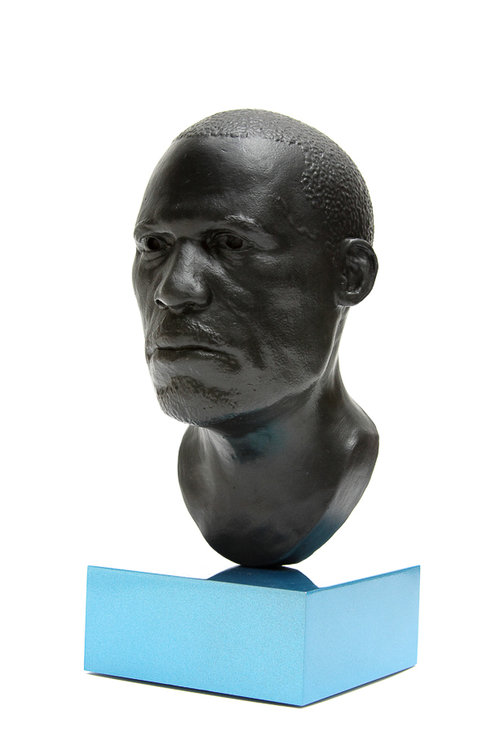
![RA-10+[Untitled+(cornrows)_bronze,+steel,+2part+spray+paint_22.5+x+10+x+10+cm].jpg](https://images.squarespace-cdn.com/content/v1/5667800fa128e641733791ce/1537280115398-9V2YGIGSFSKQQQQ1IK2R/RA-10%2B%5BUntitled%2B%28cornrows%29_bronze%2C%2Bsteel%2C%2B2part%2Bspray%2Bpaint_22.5%2Bx%2B10%2Bx%2B10%2Bcm%5D.jpg)
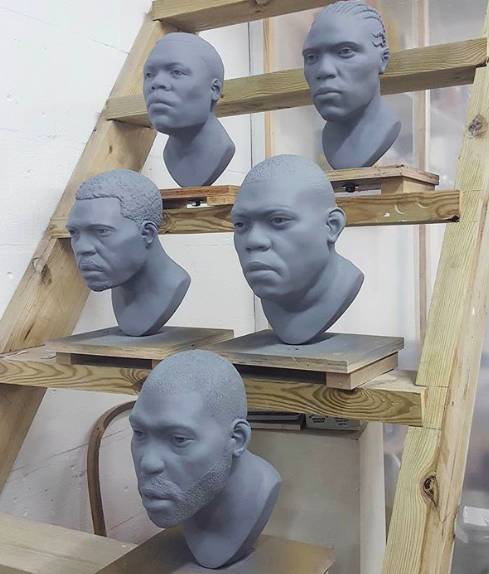
![Tom+Price,+Base+-+Head+(Surface+Tension),+2014,+bronze,+brass+and+concrete,+77+x+45+x+60+cm+[65+x+45+x+60+cm+head,+12+x+40+x+40+cm+base]+[225].jpg](https://images.squarespace-cdn.com/content/v1/5667800fa128e641733791ce/1537280115889-HA4QVD873DGMLHZ6B0OM/Tom%2BPrice%2C%2BBase%2B-%2BHead%2B%28Surface%2BTension%29%2C%2B2014%2C%2Bbronze%2C%2Bbrass%2Band%2Bconcrete%2C%2B77%2Bx%2B45%2Bx%2B60%2Bcm%2B%5B65%2Bx%2B45%2Bx%2B60%2Bcm%2Bhead%2C%2B12%2Bx%2B40%2Bx%2B40%2Bcm%2Bbase%5D%2B%5B225%5D.jpg)

